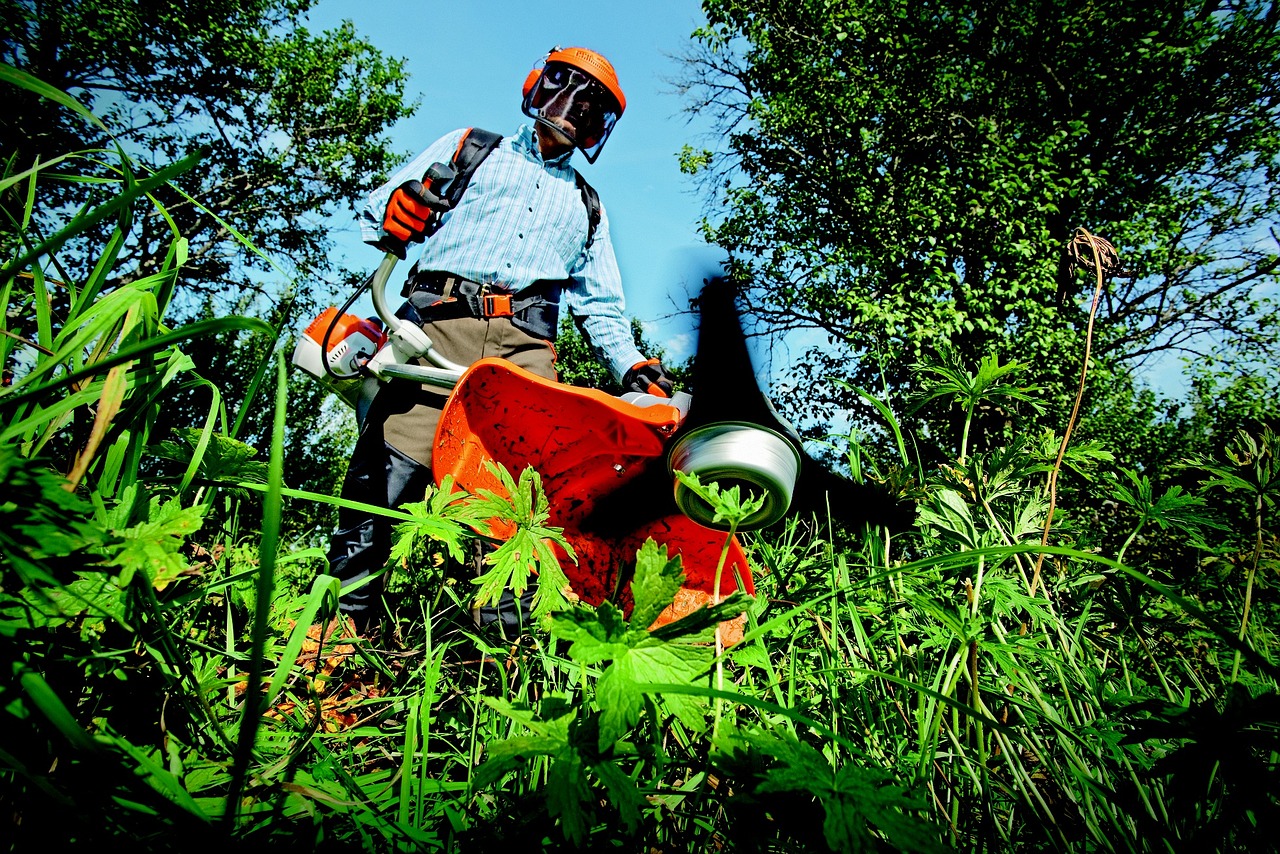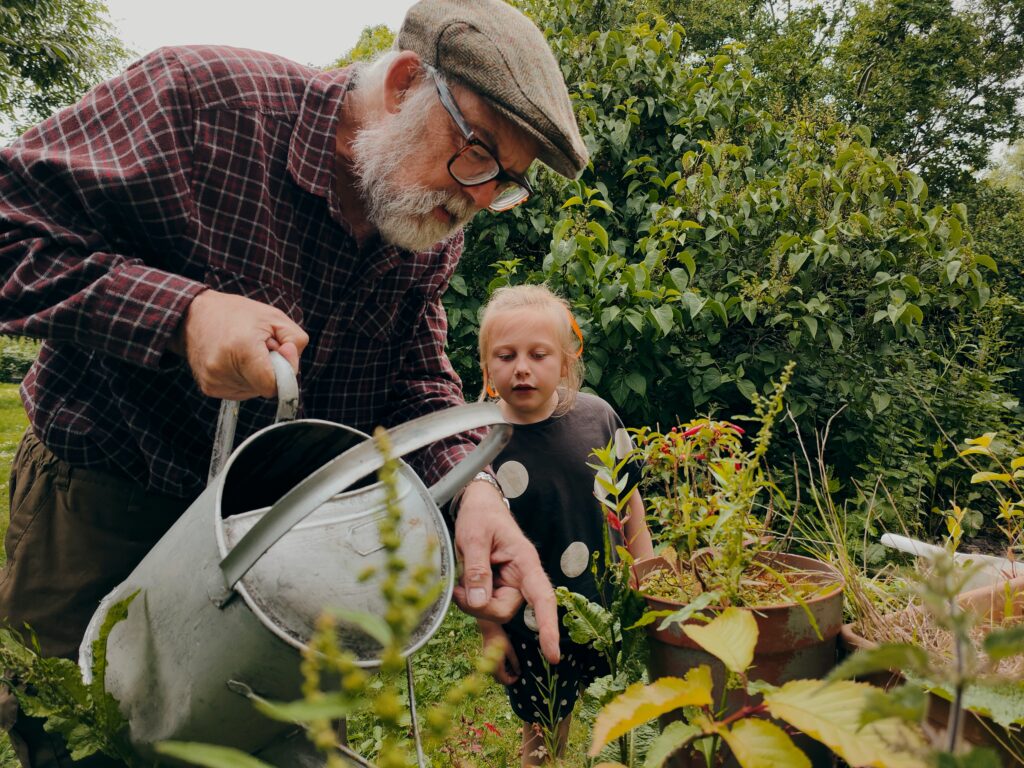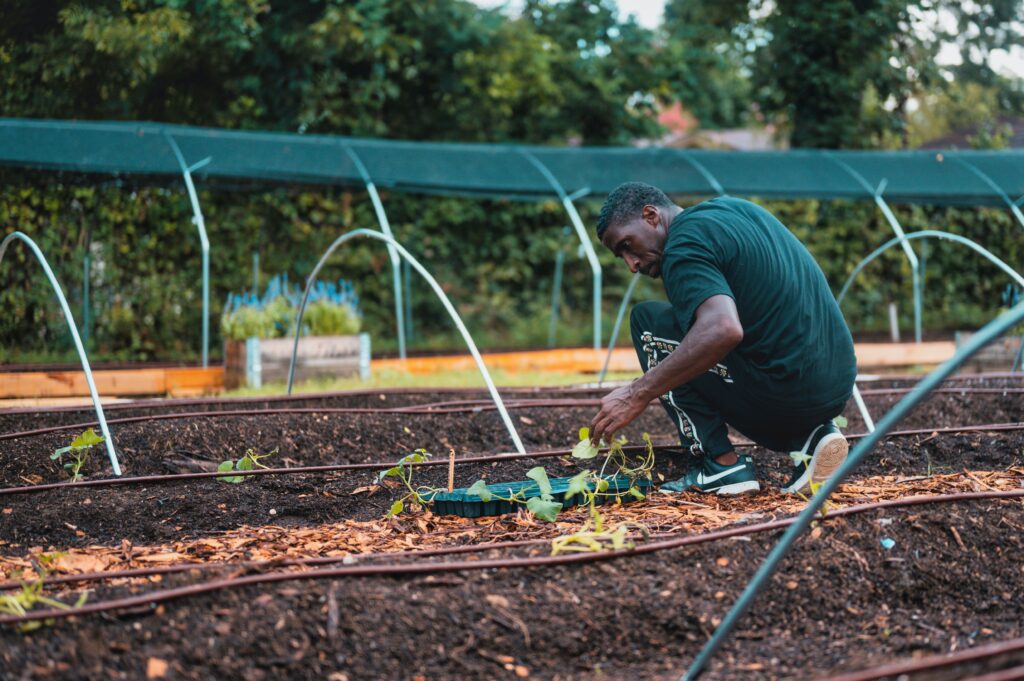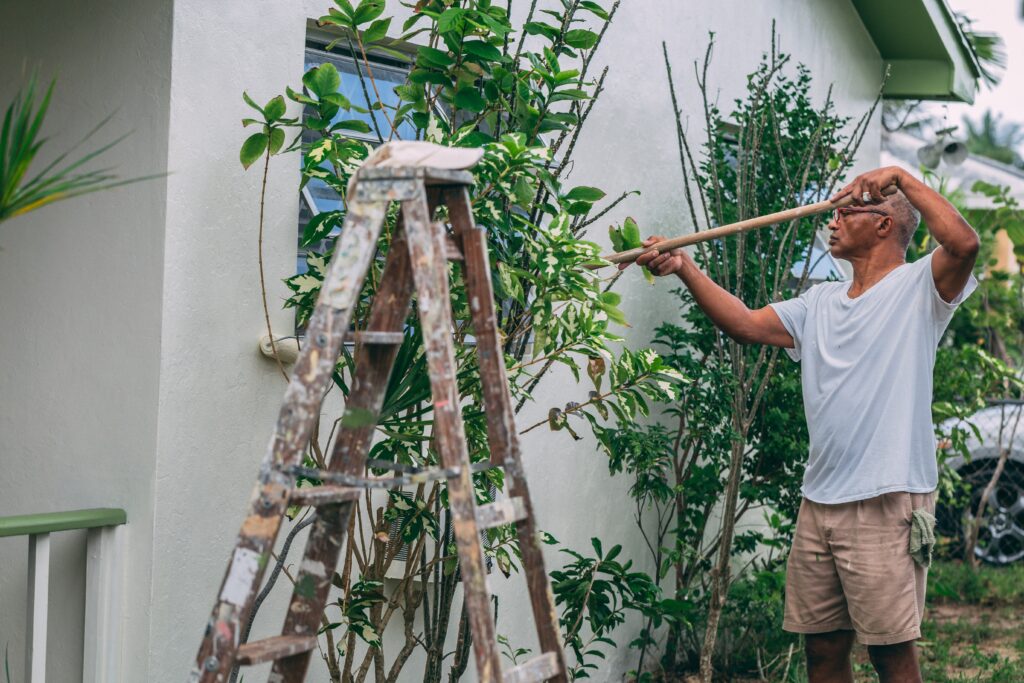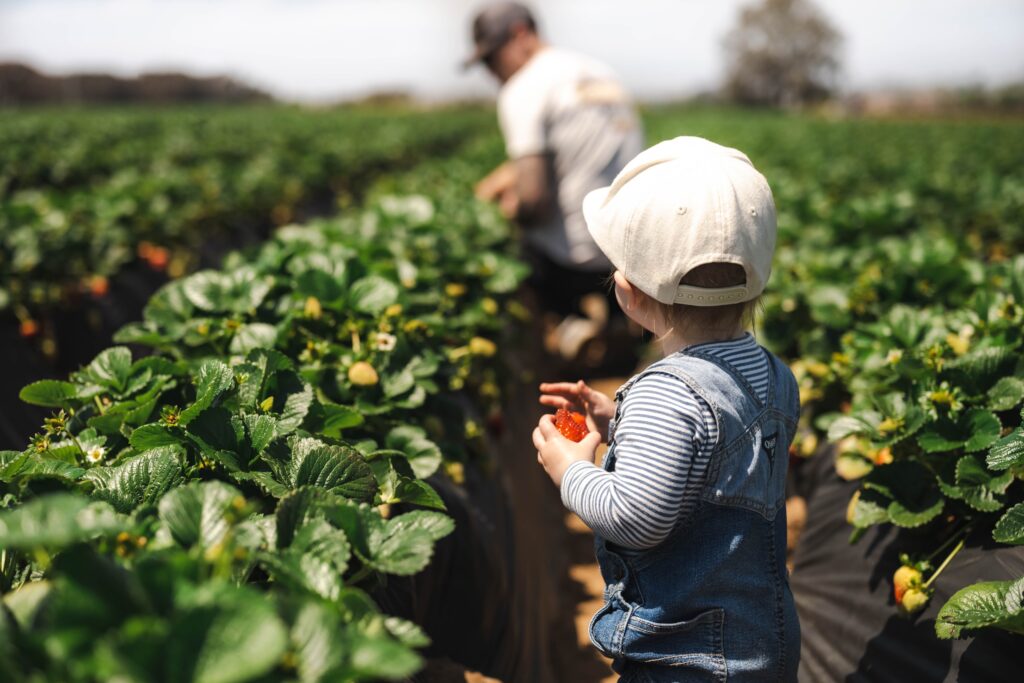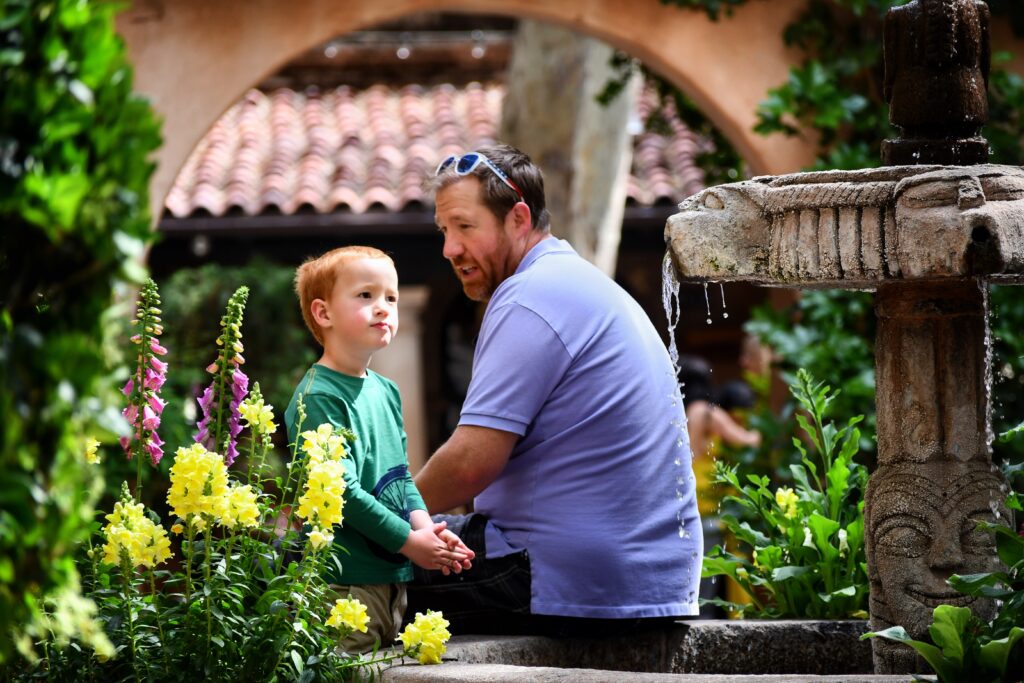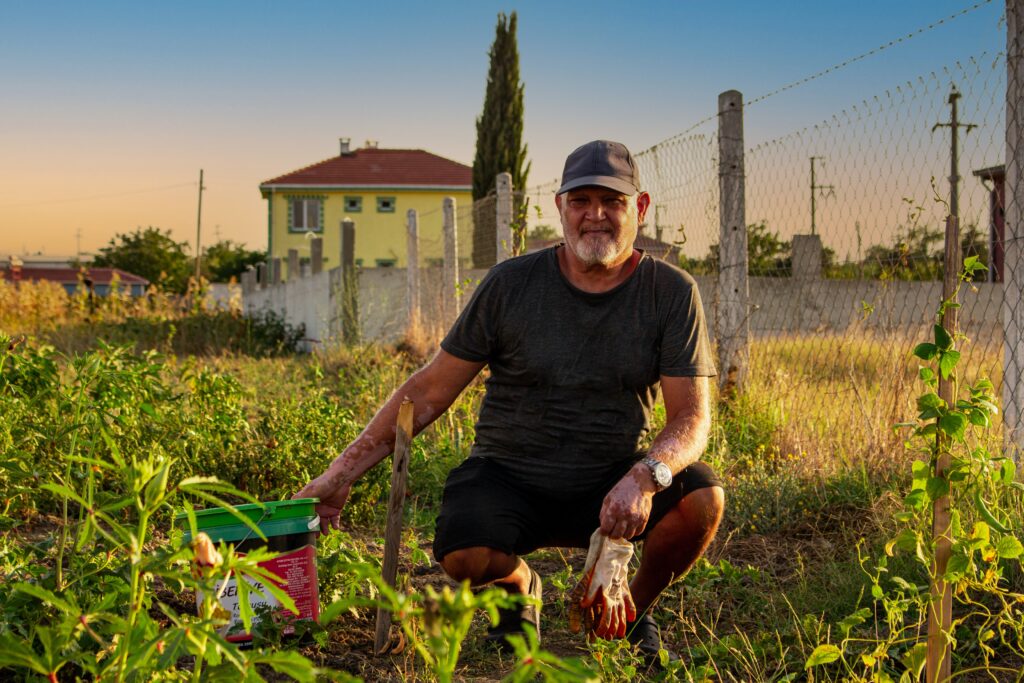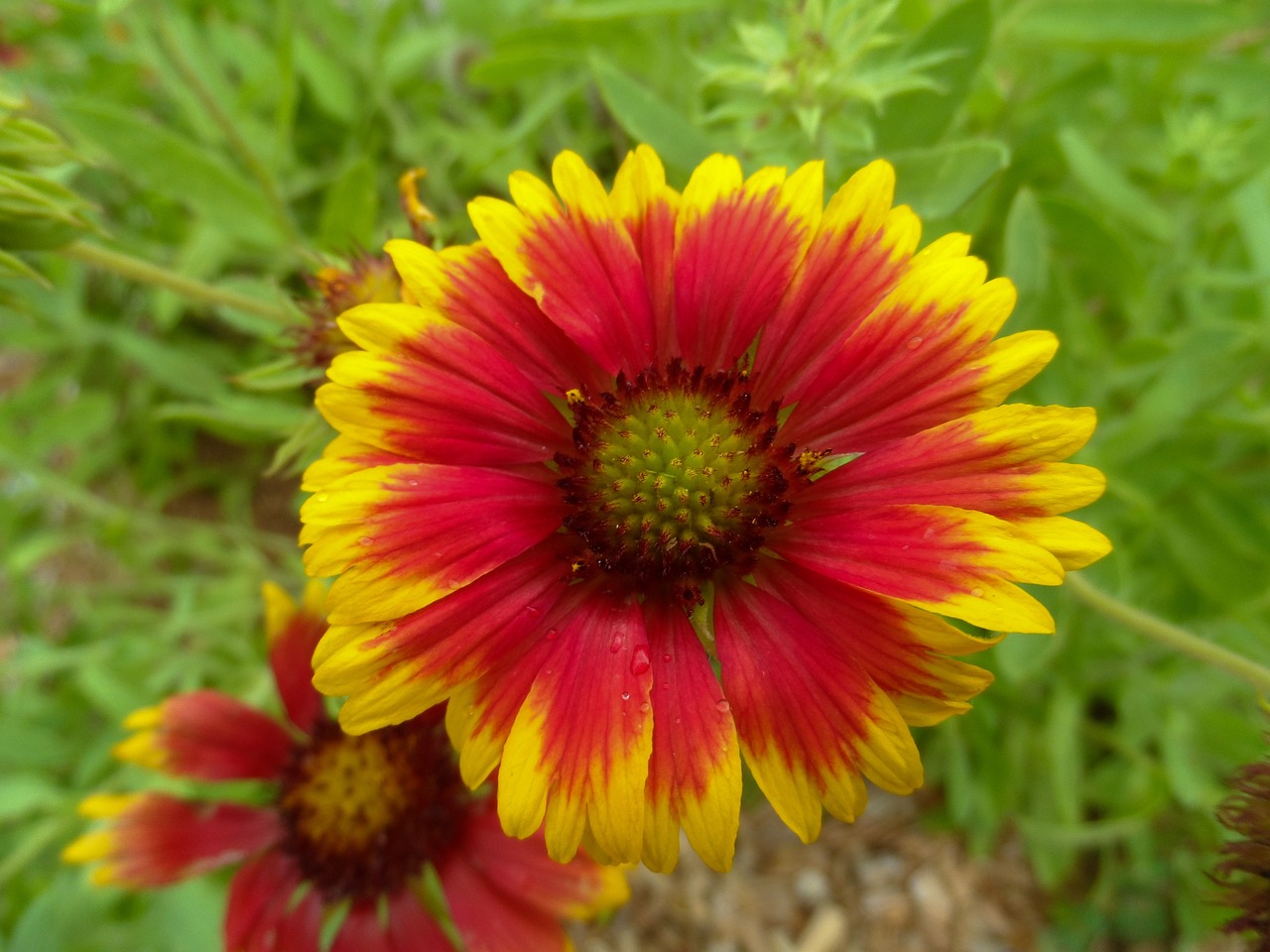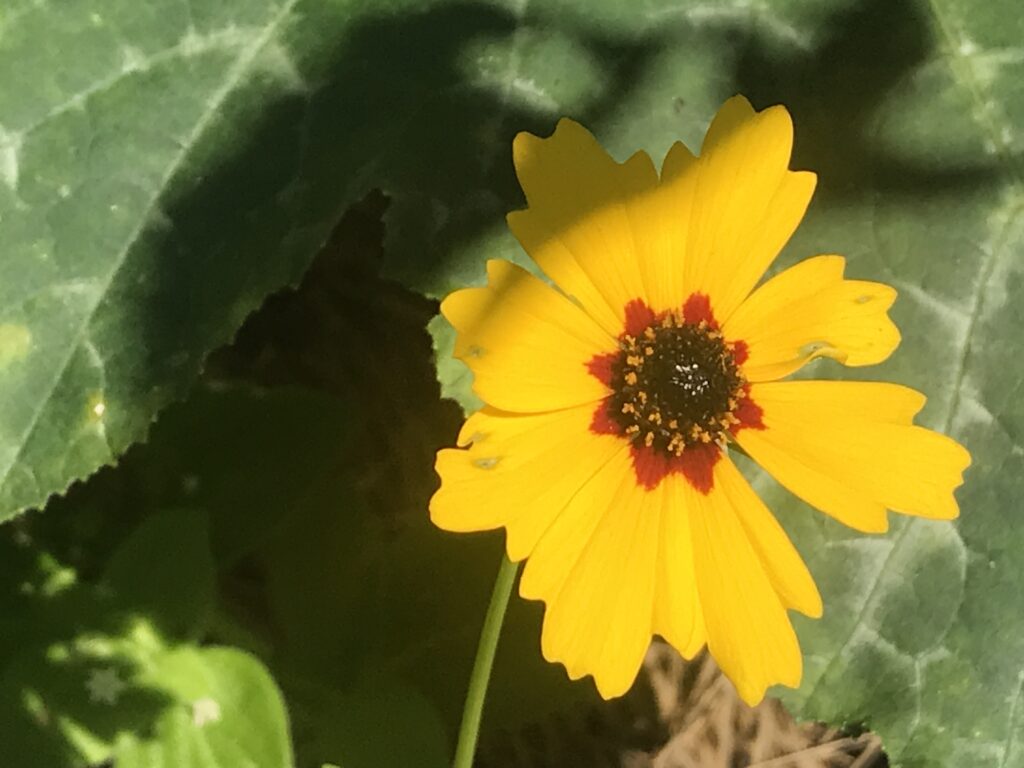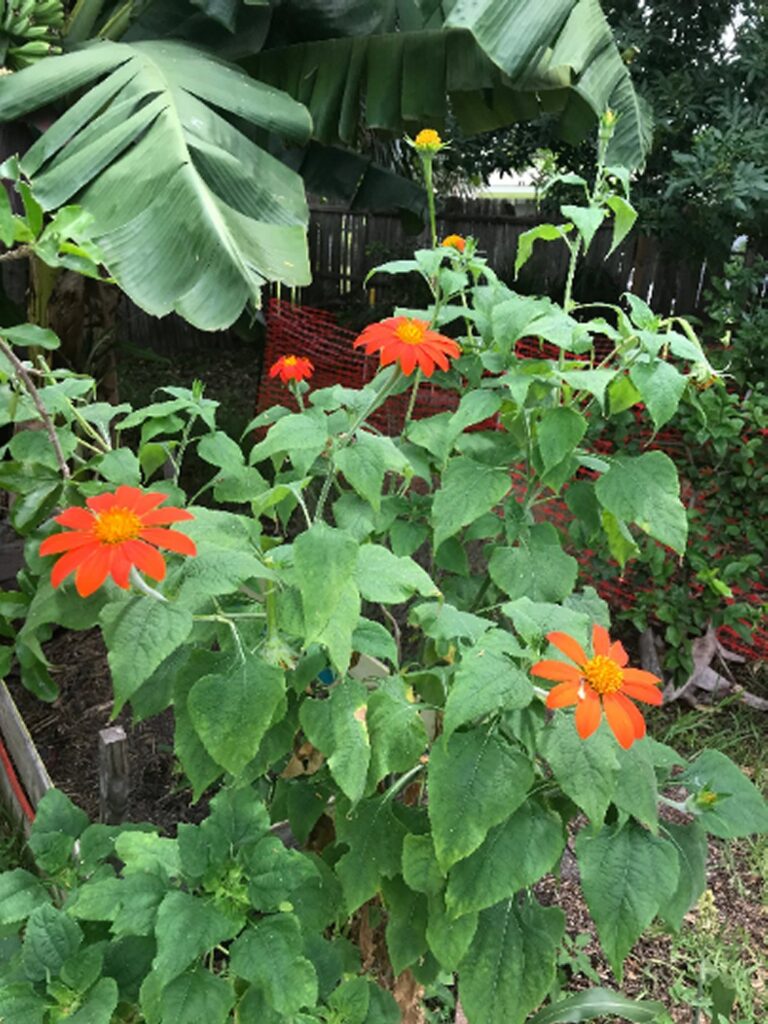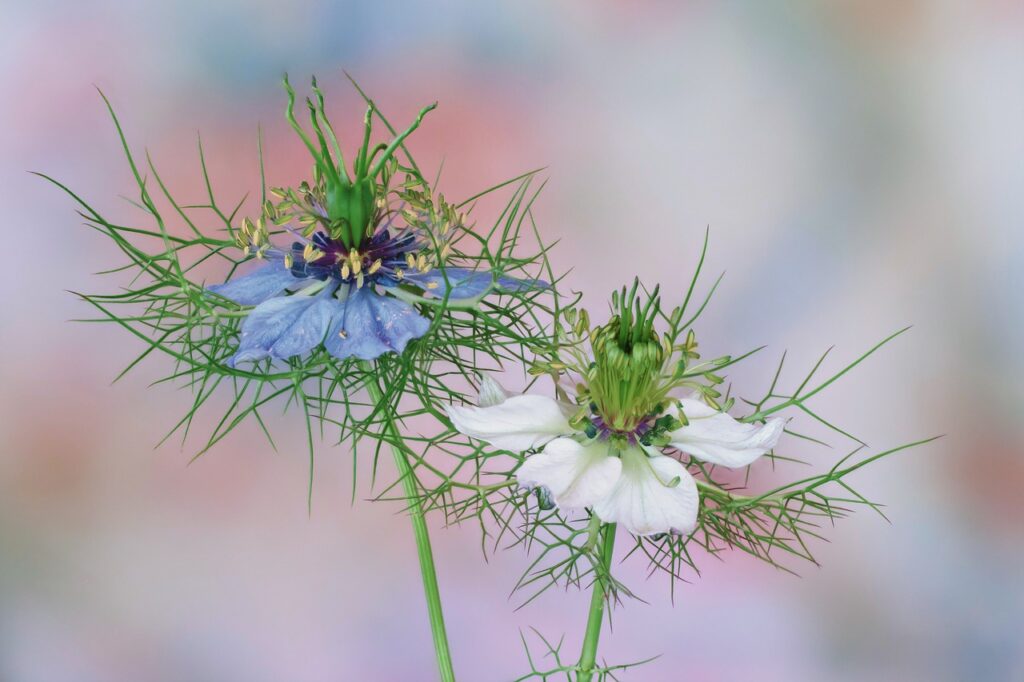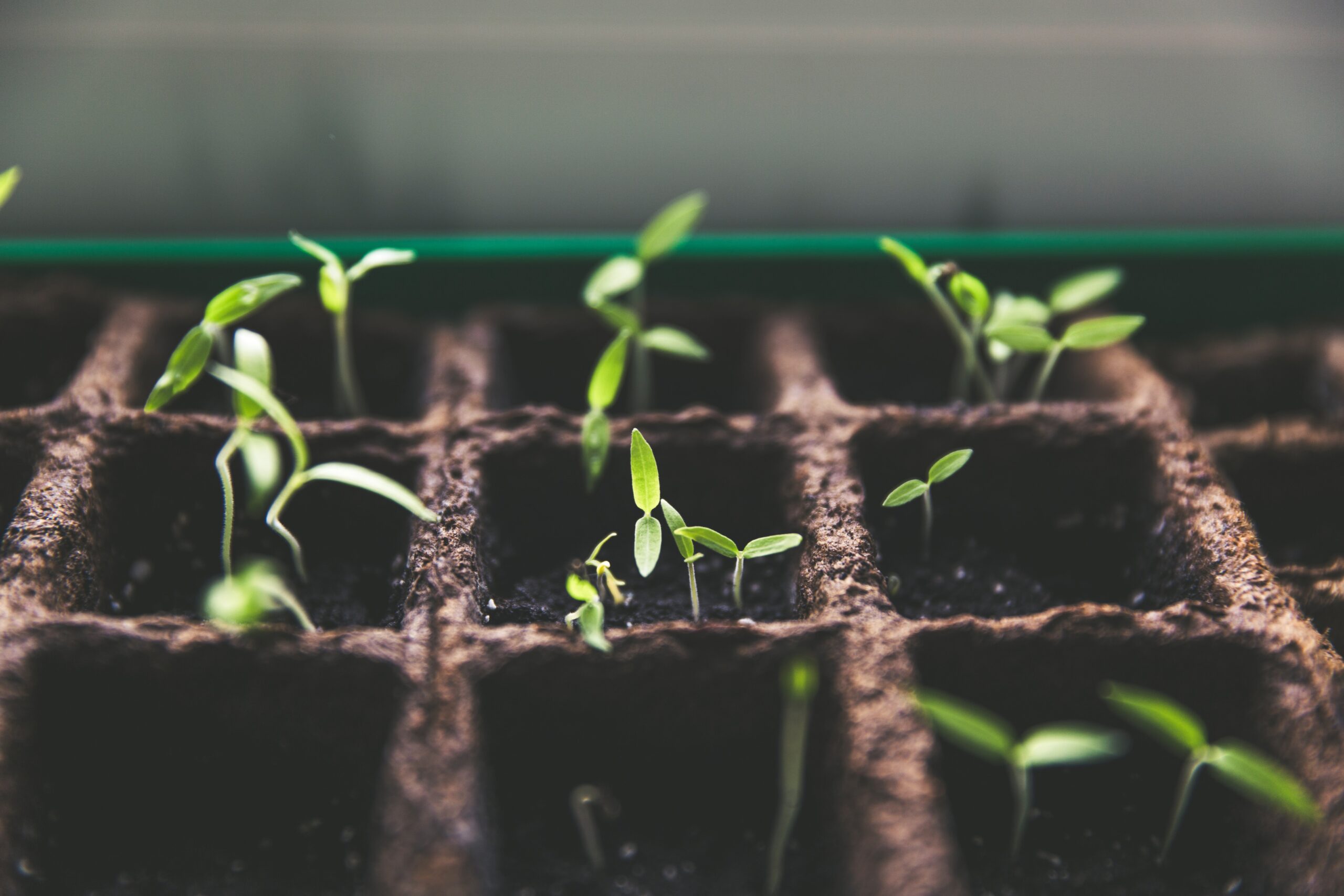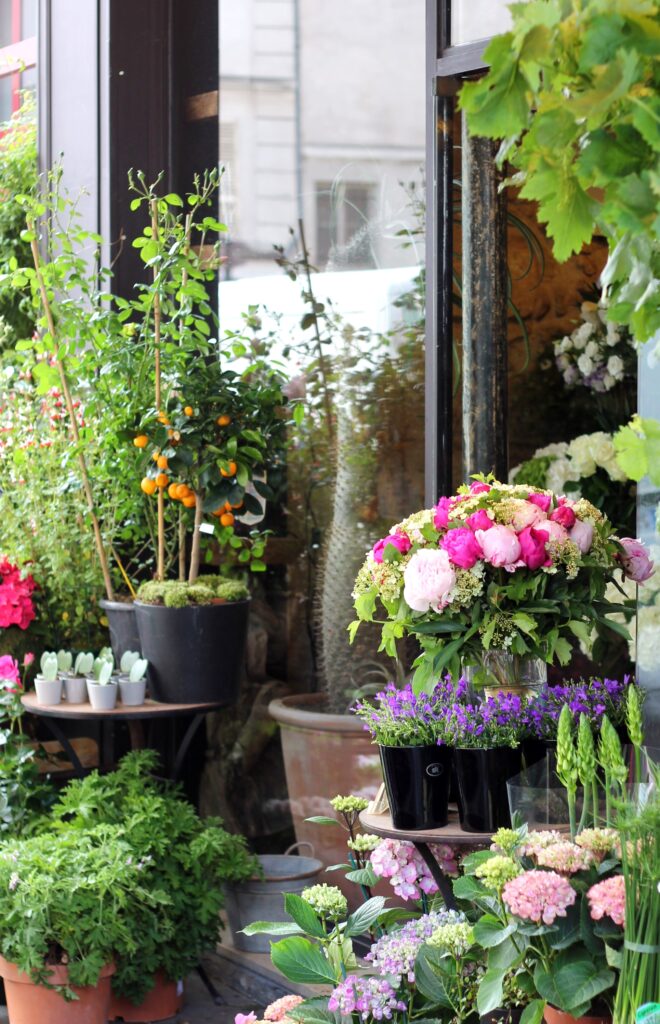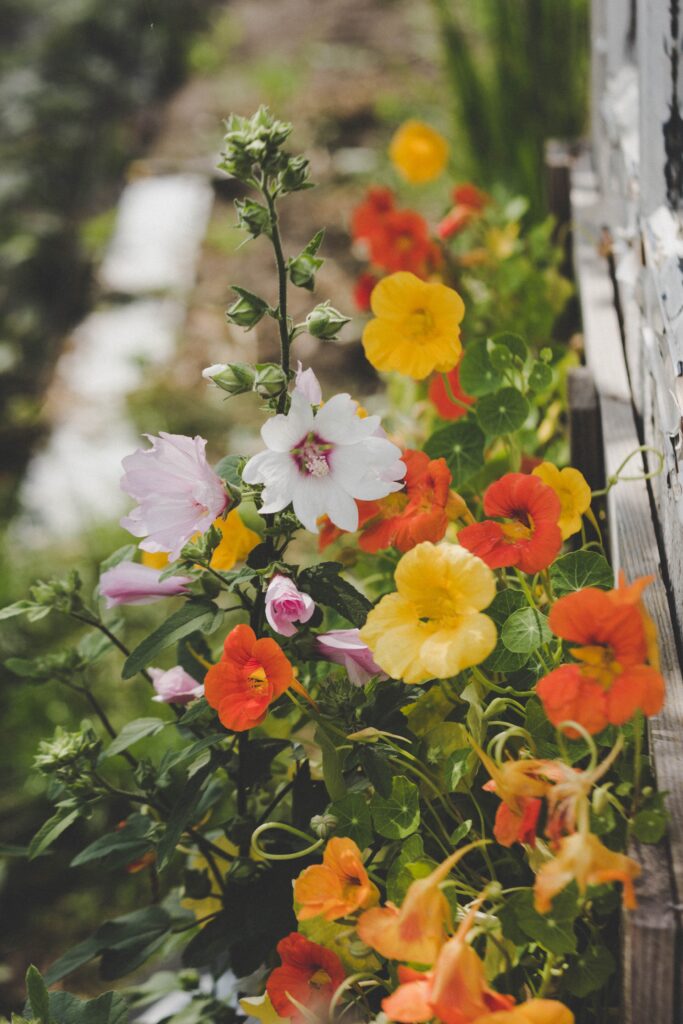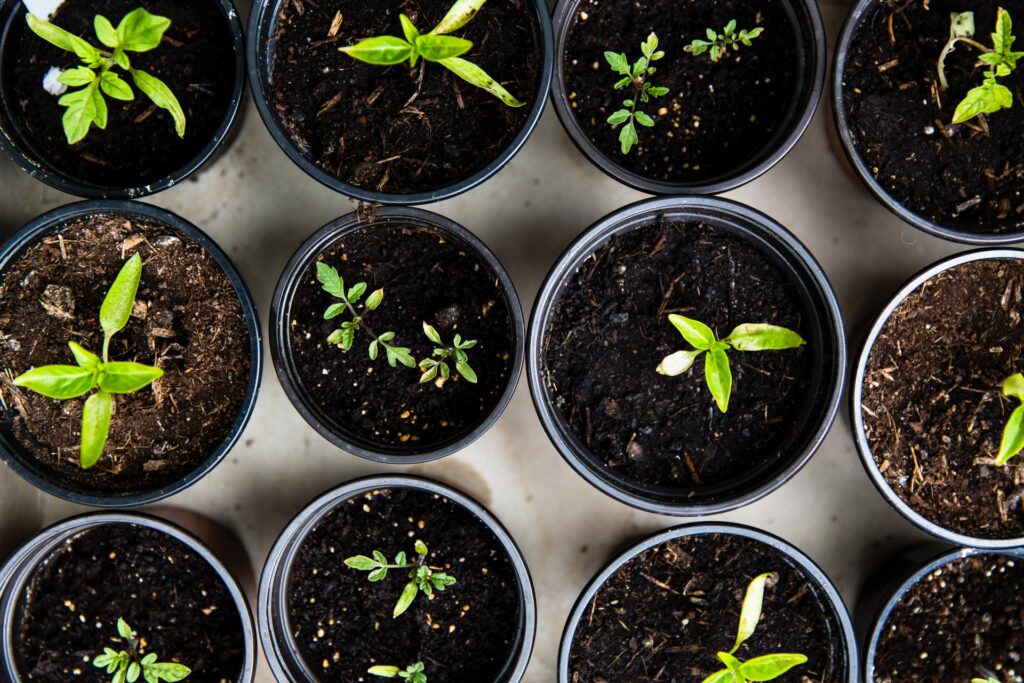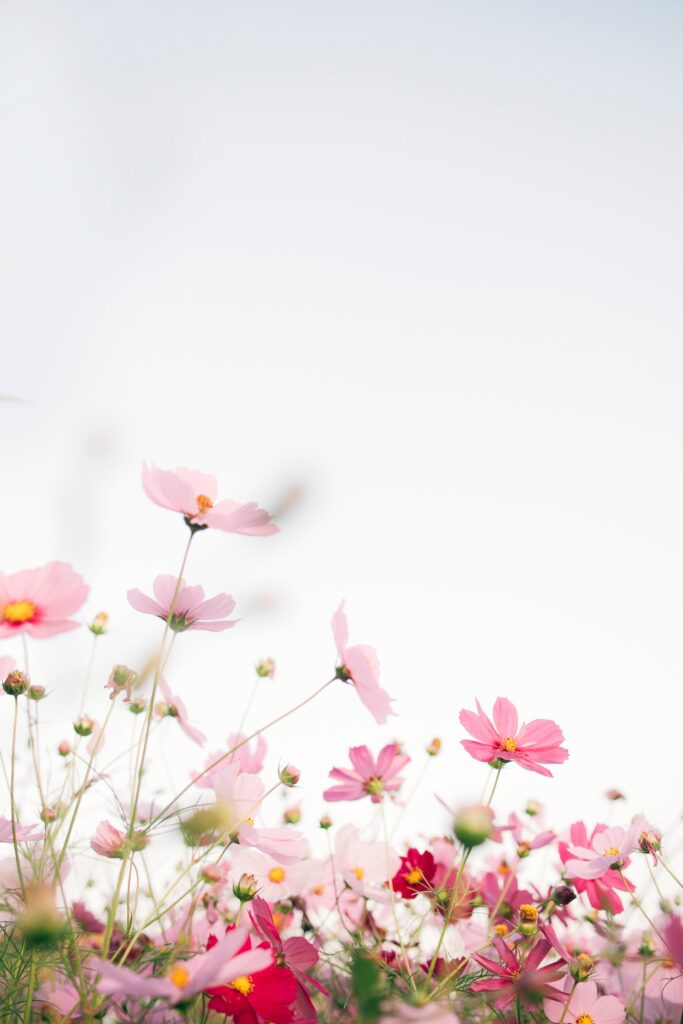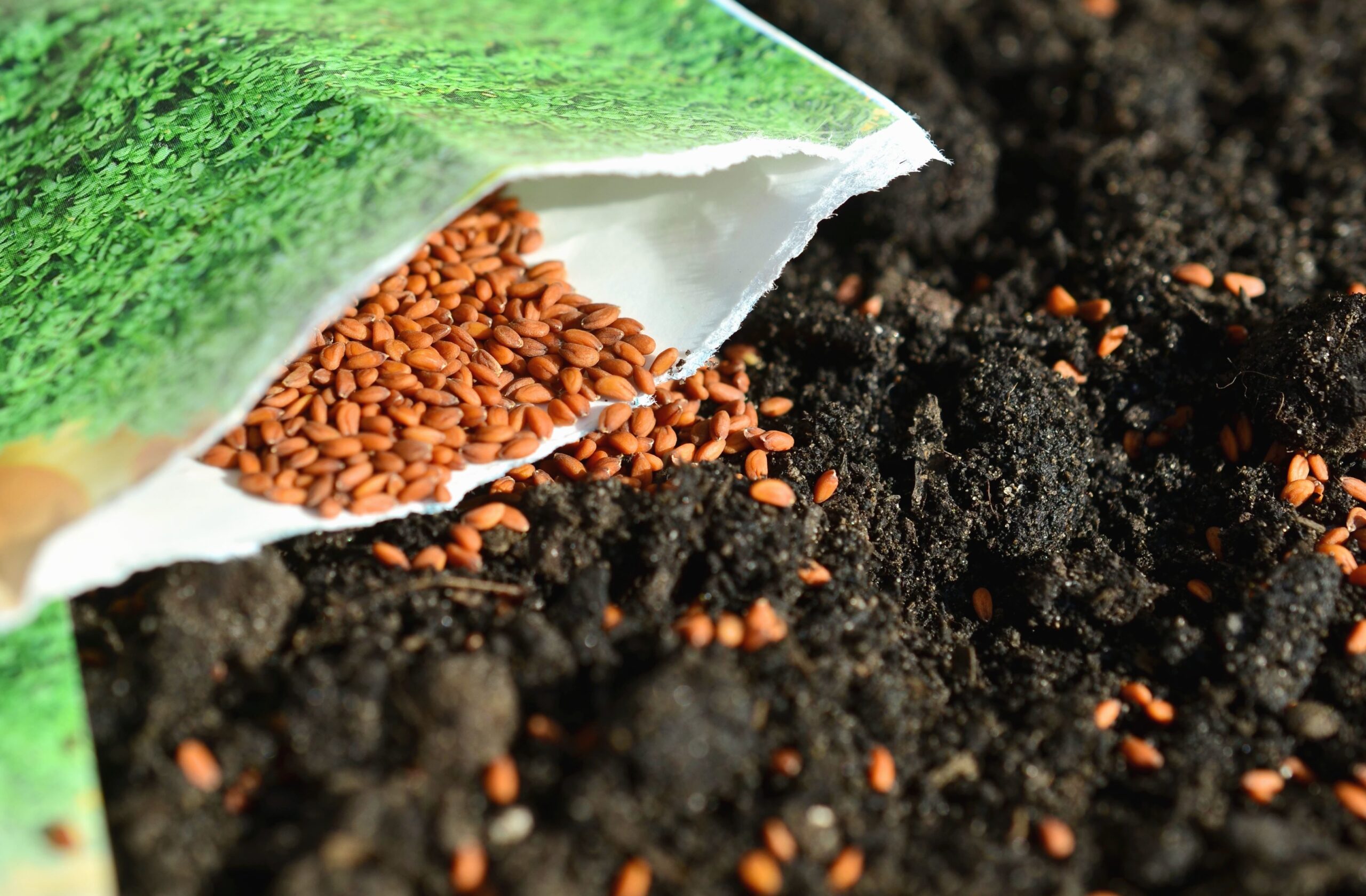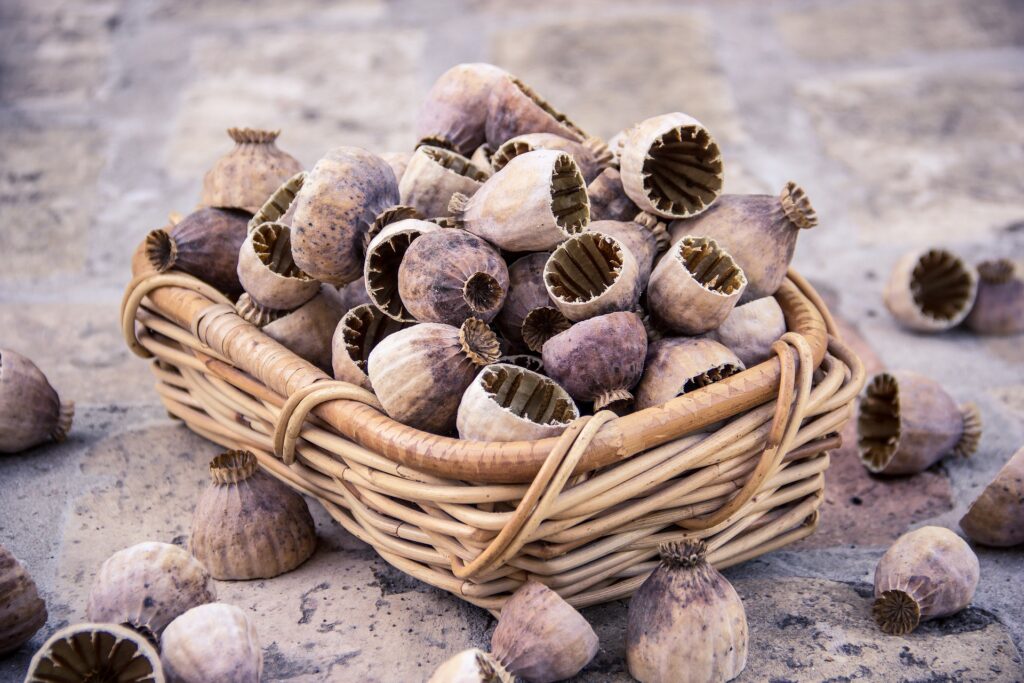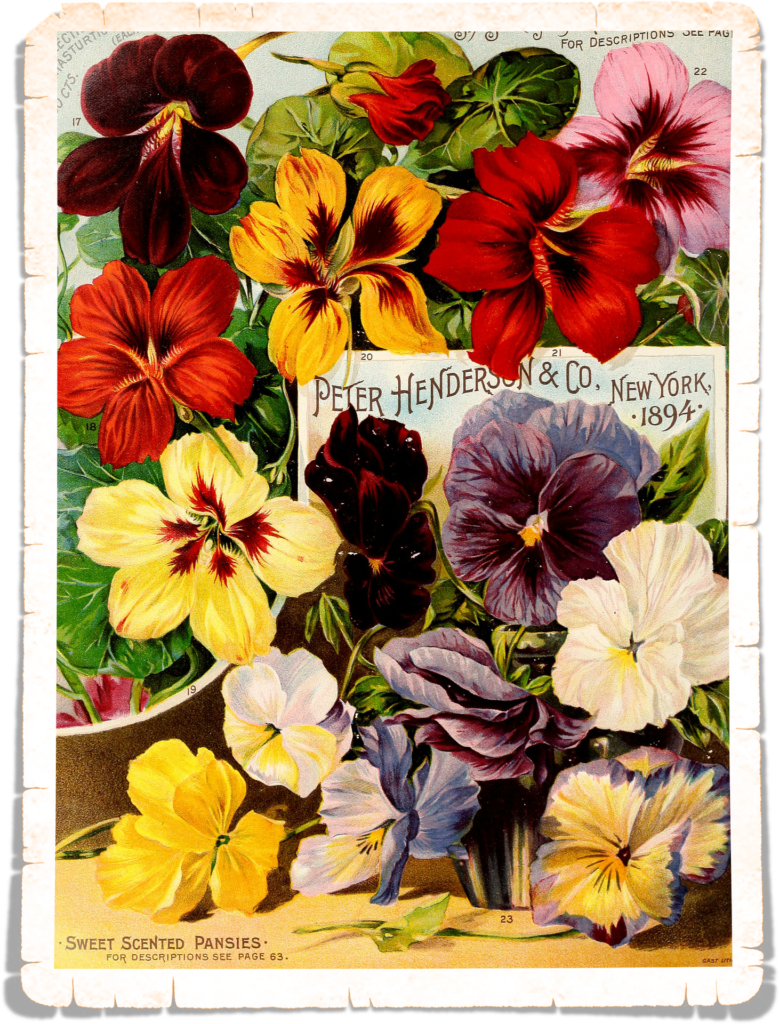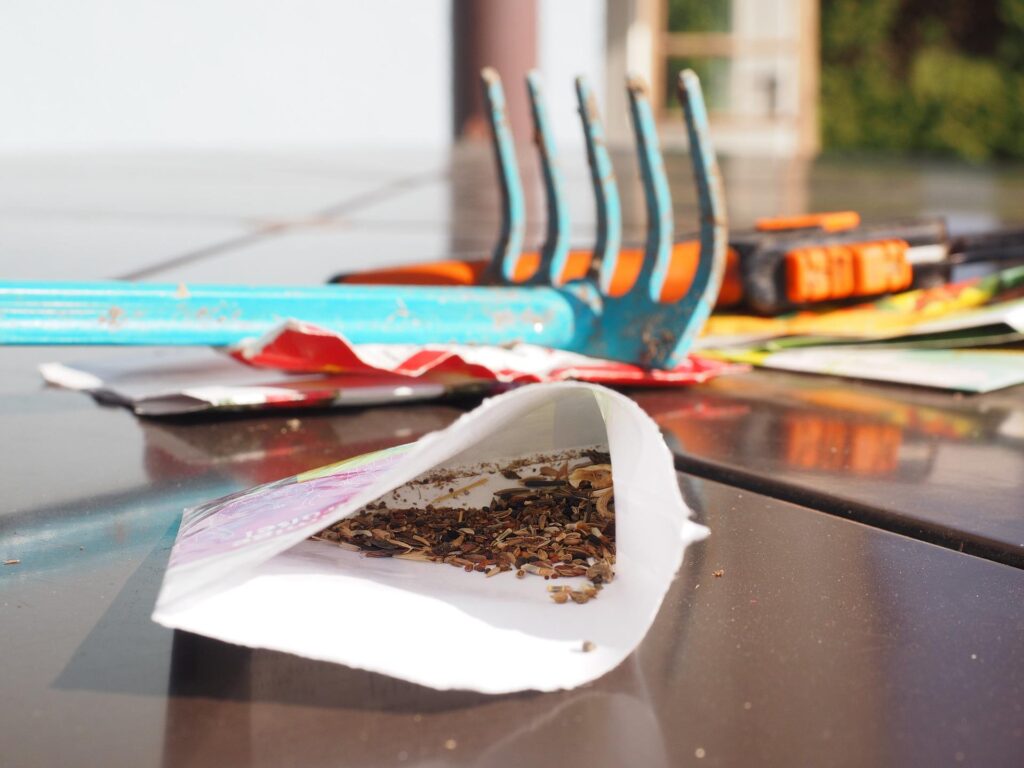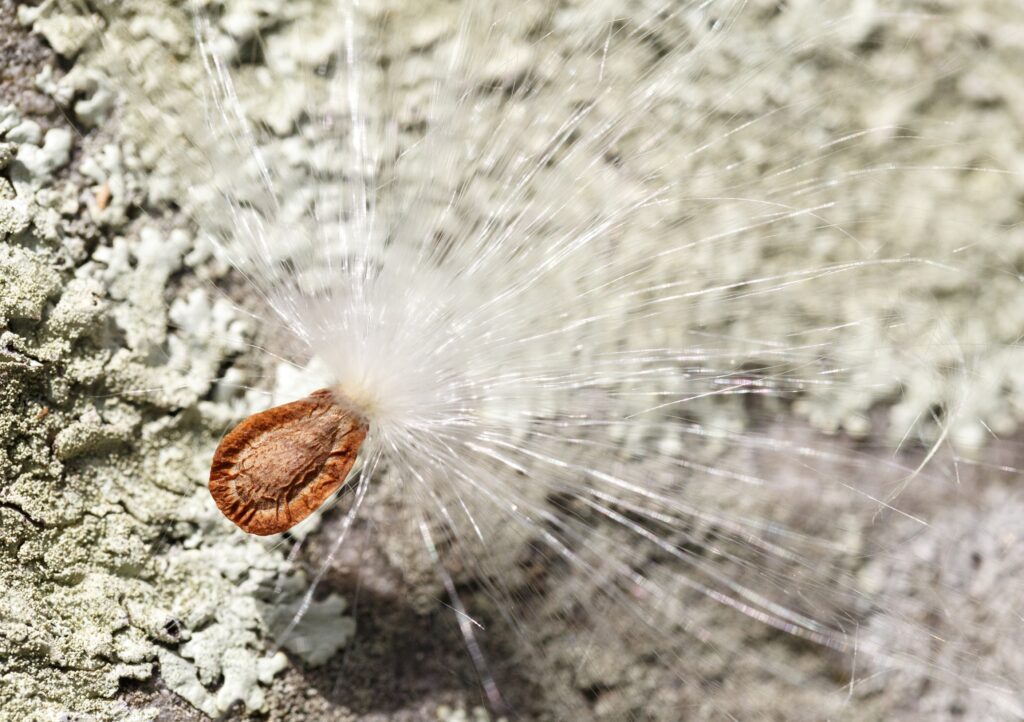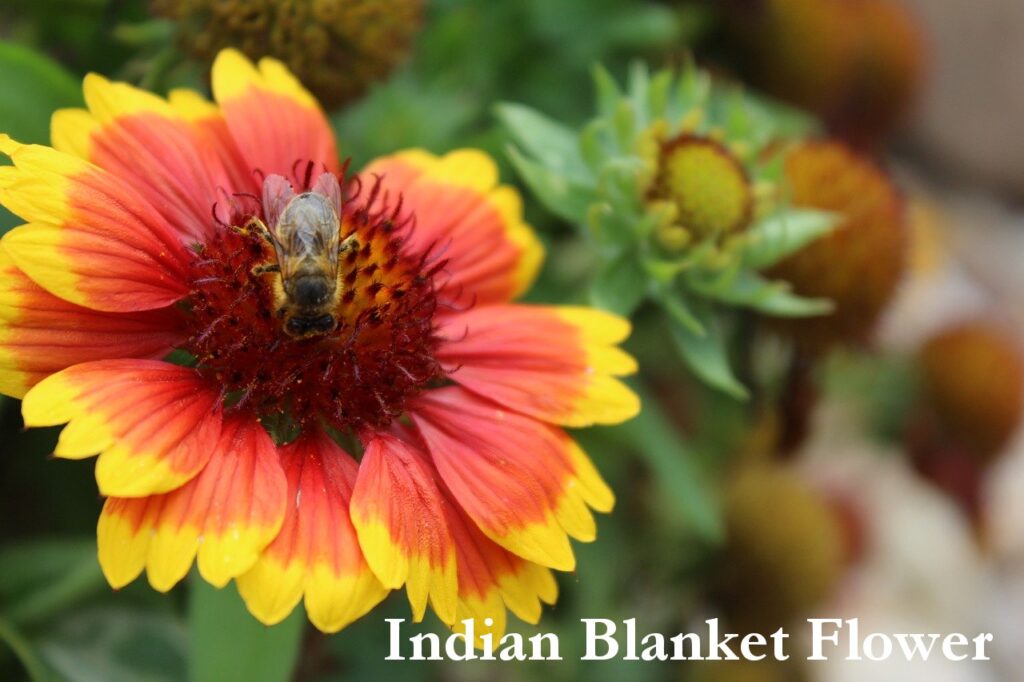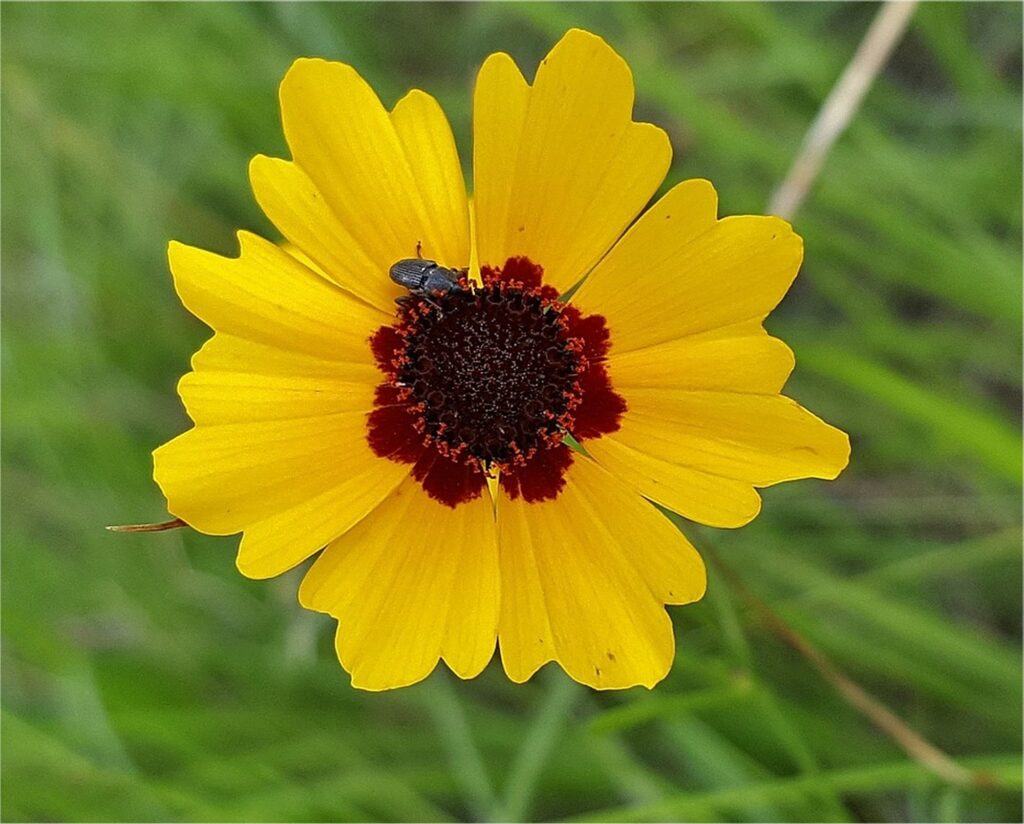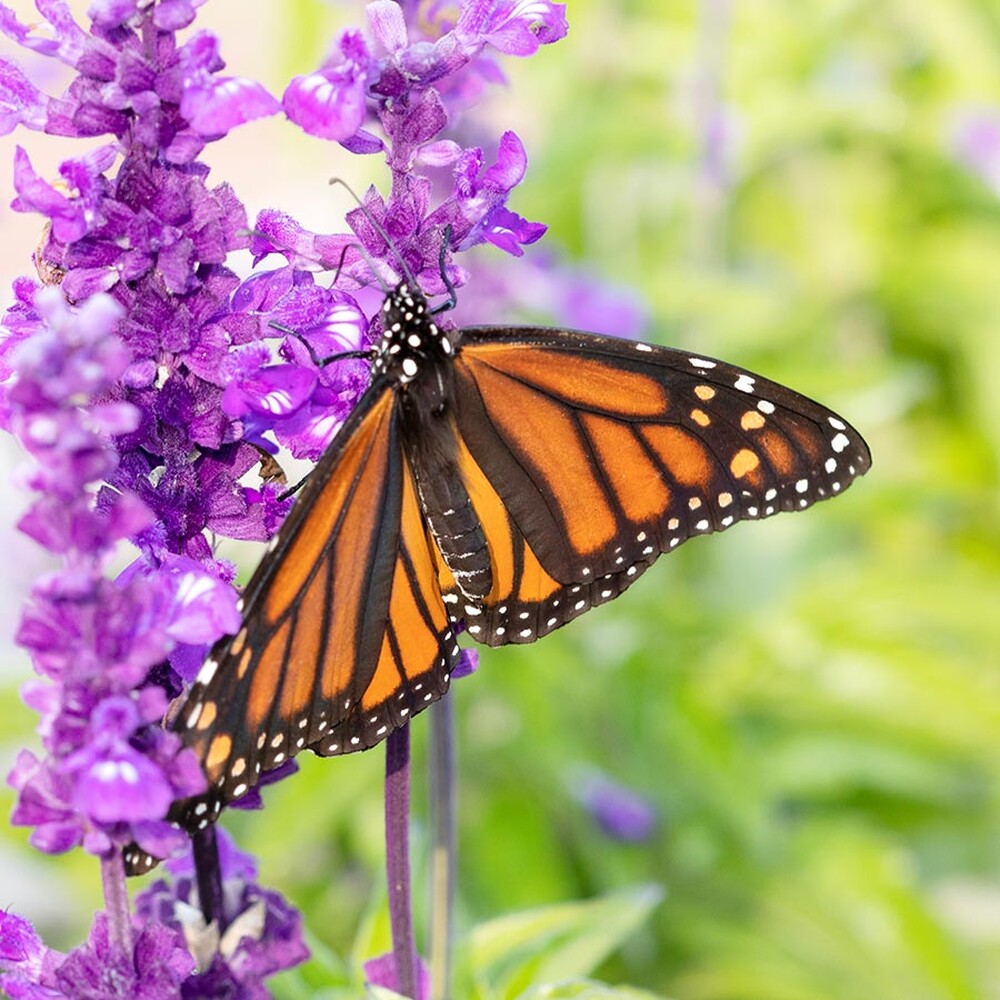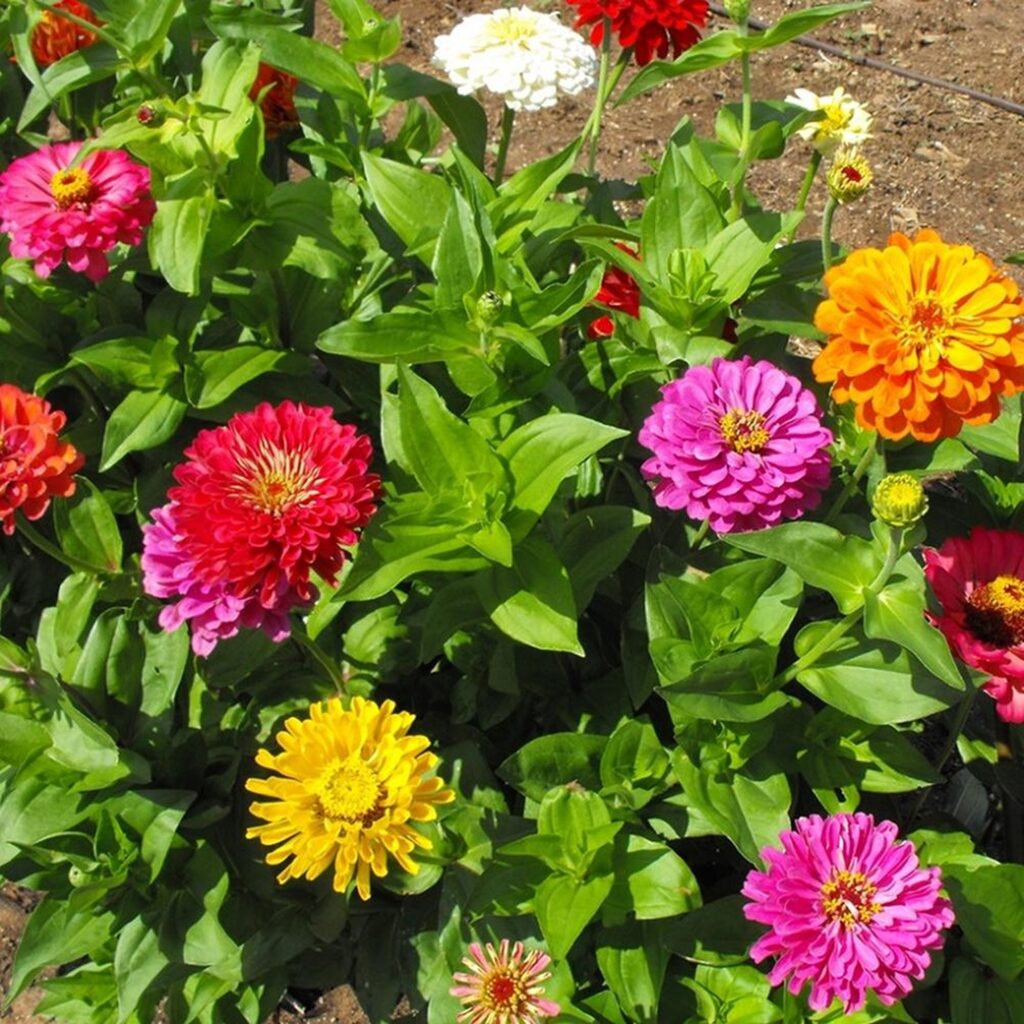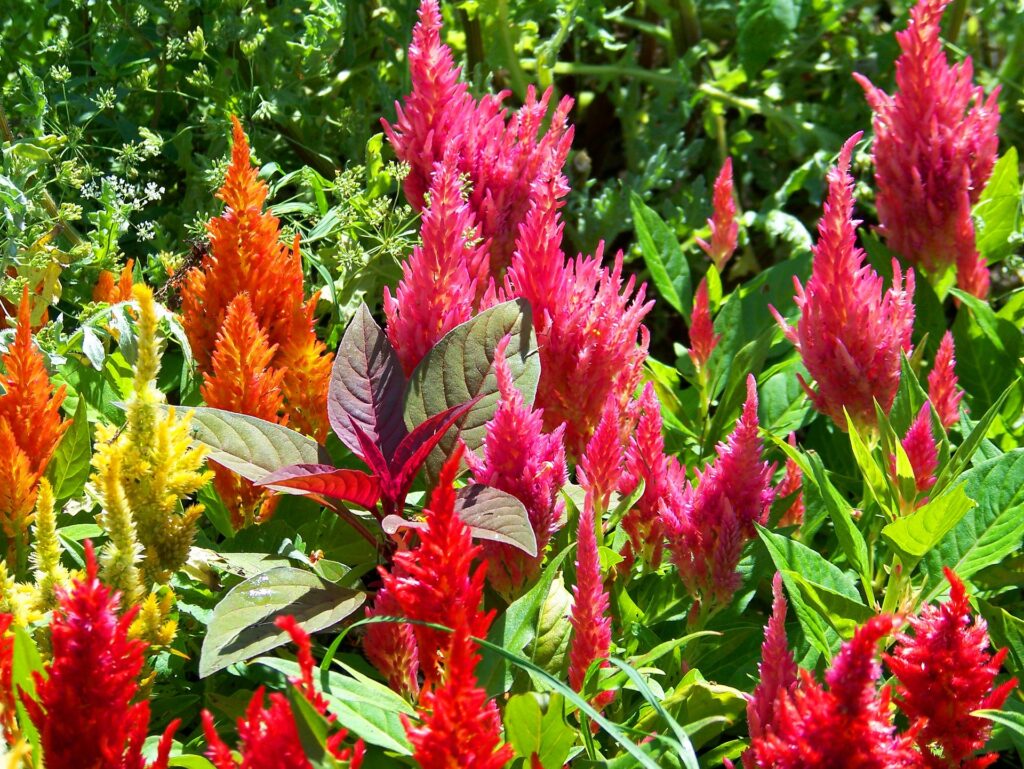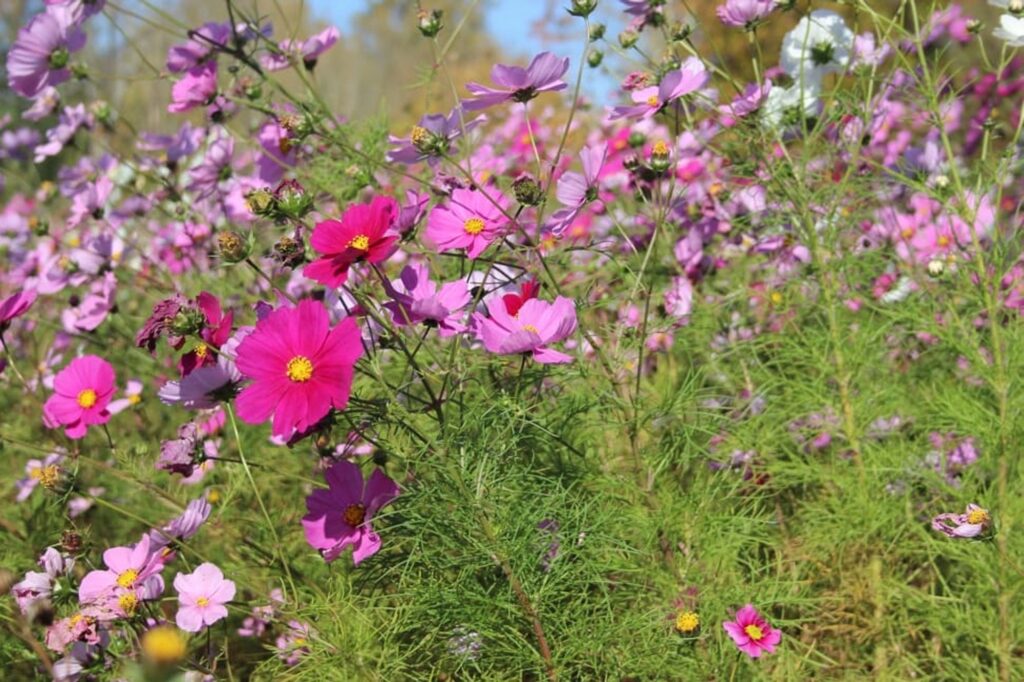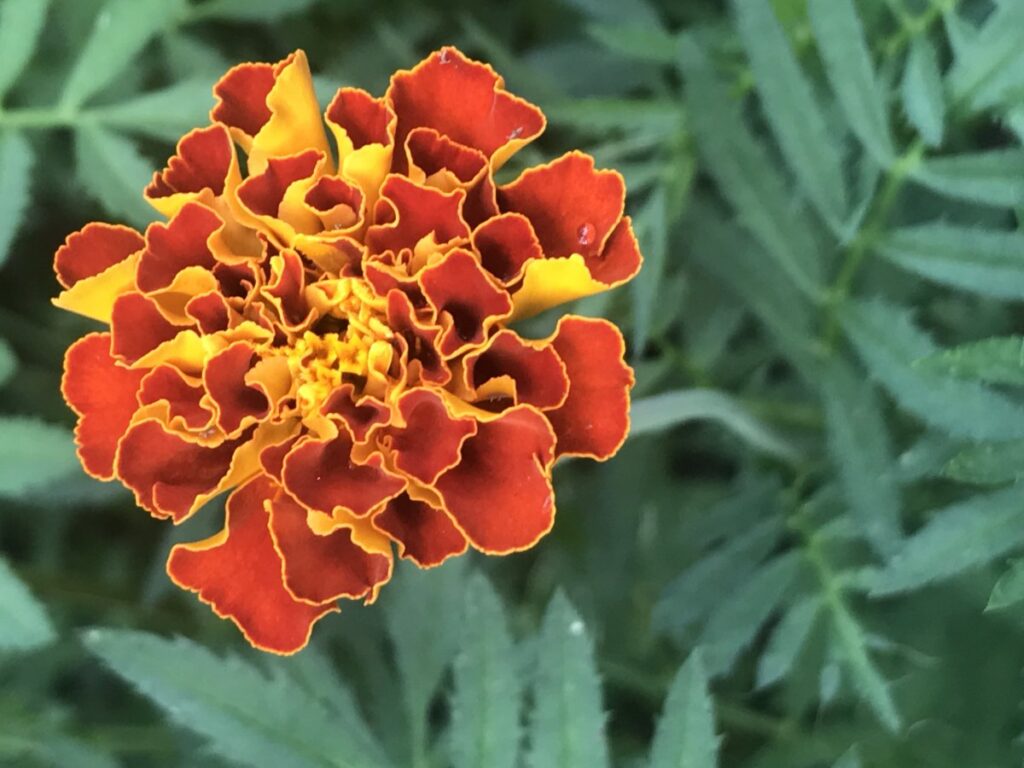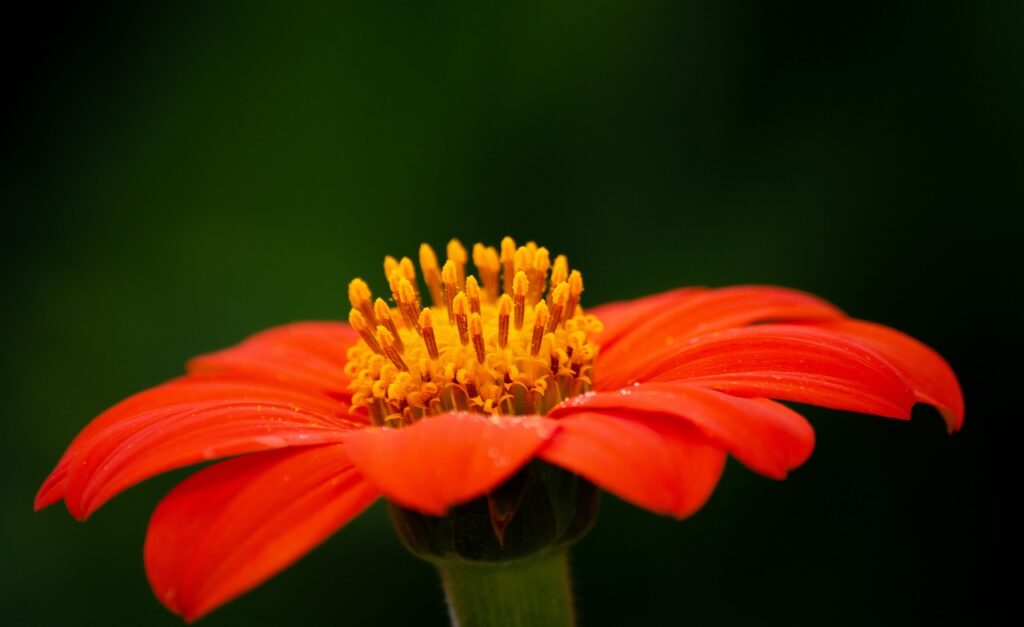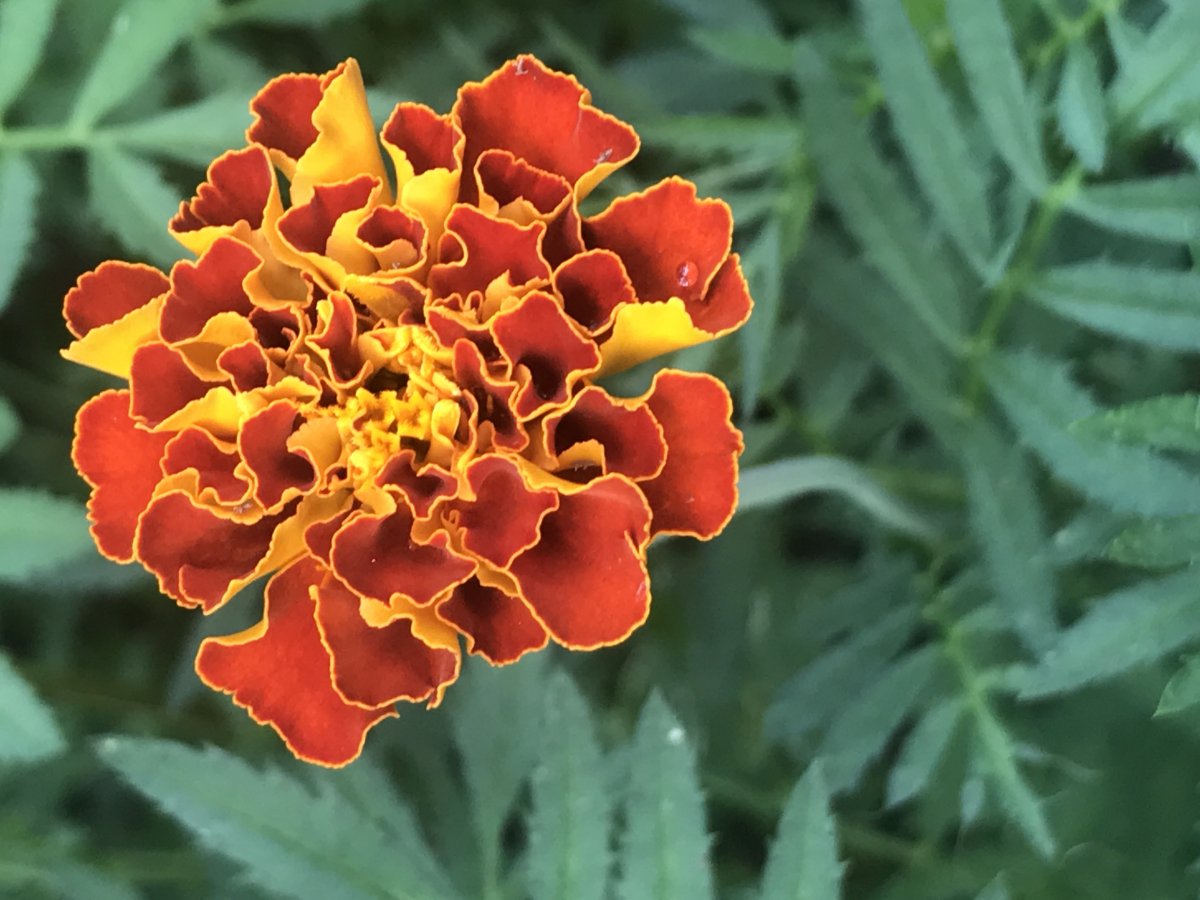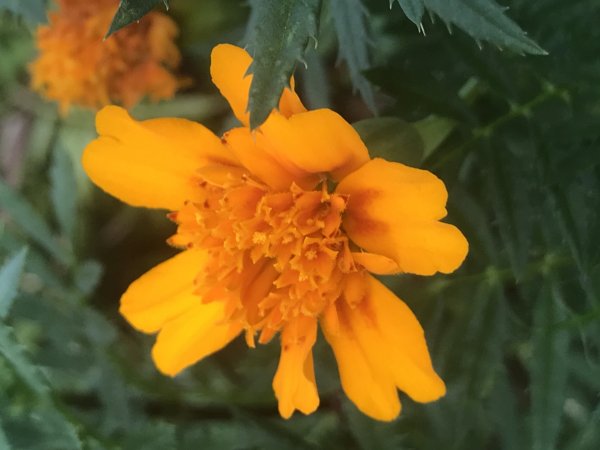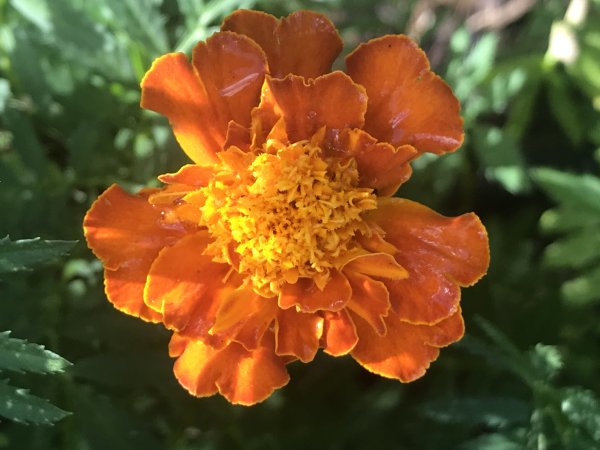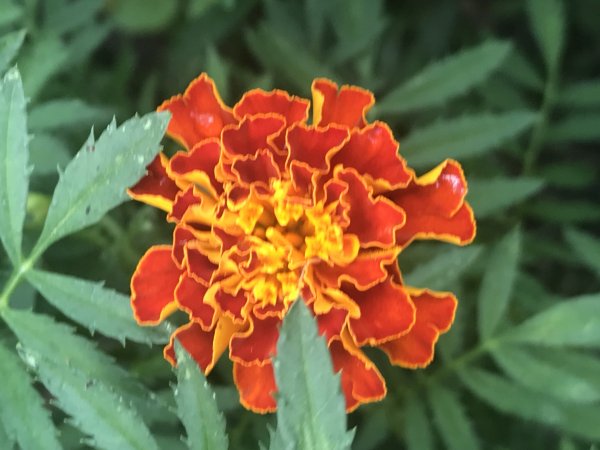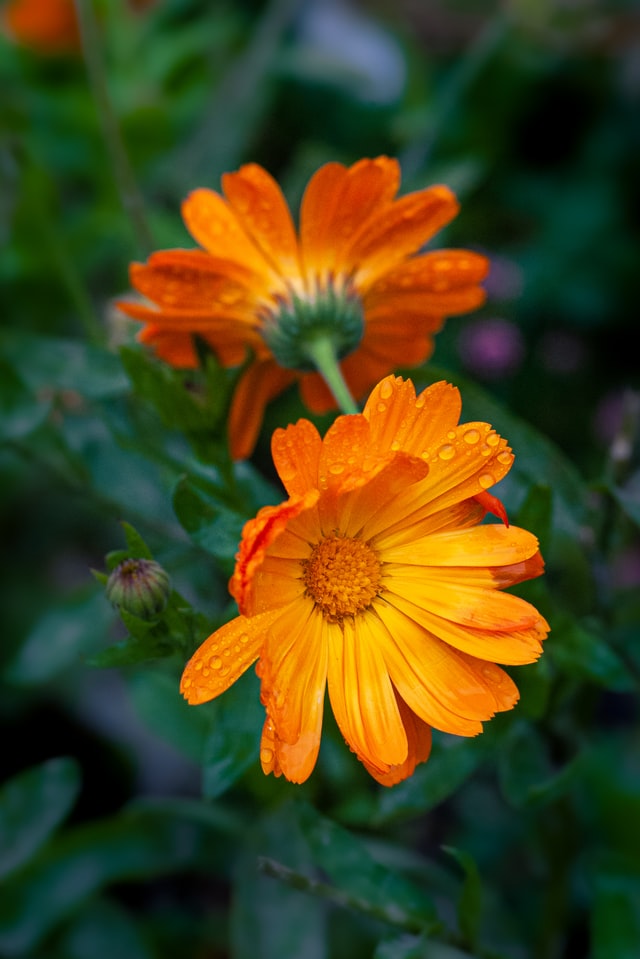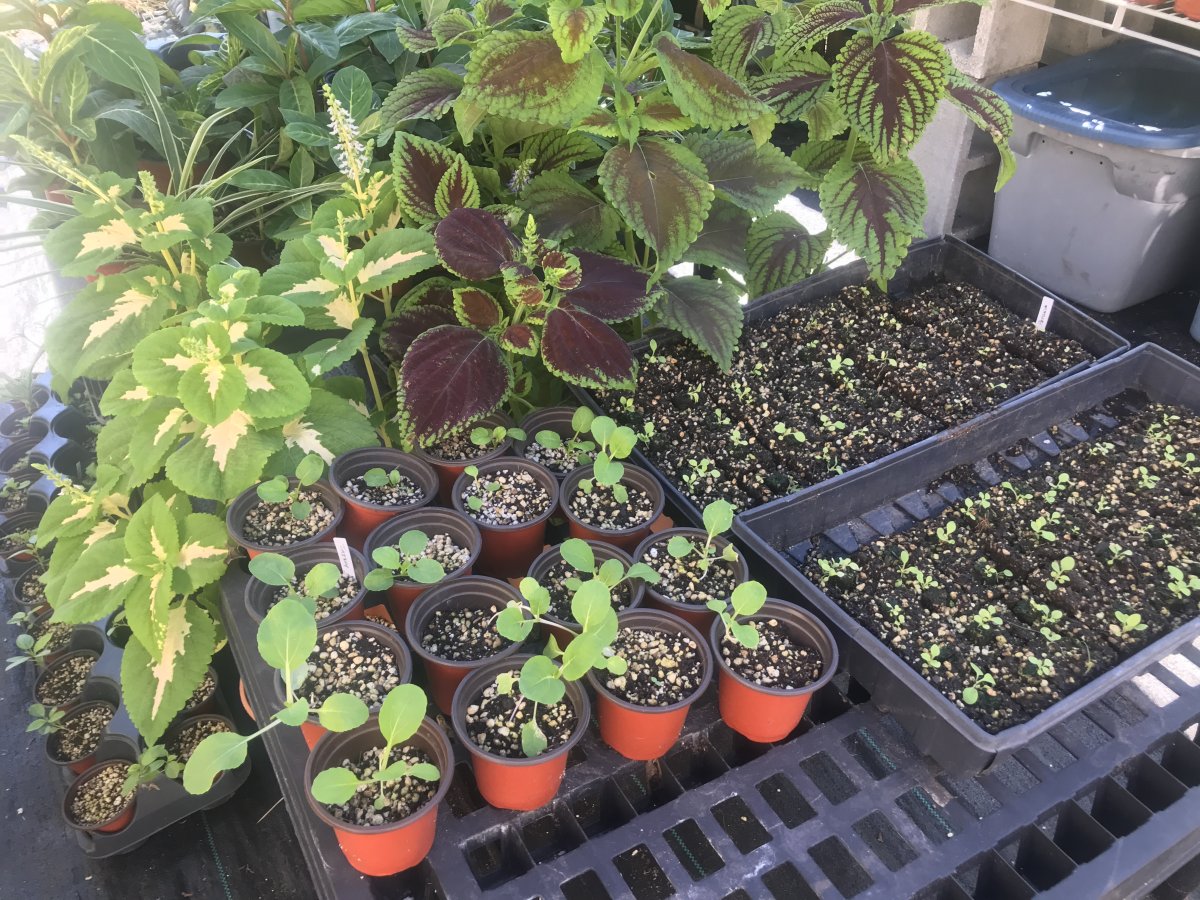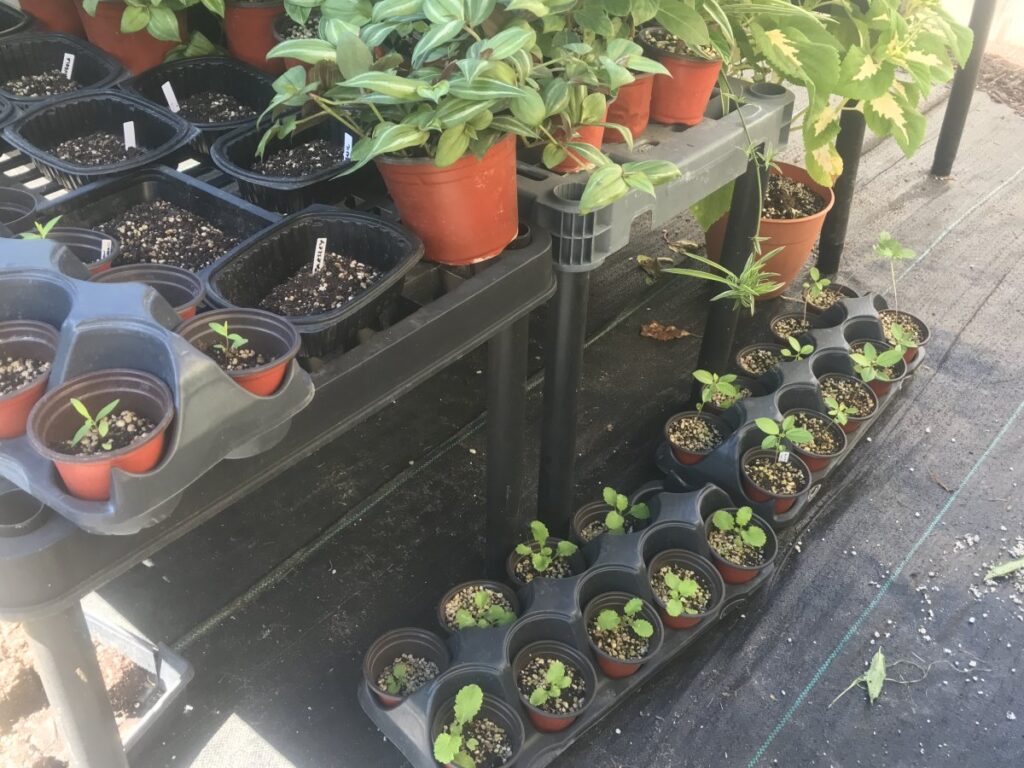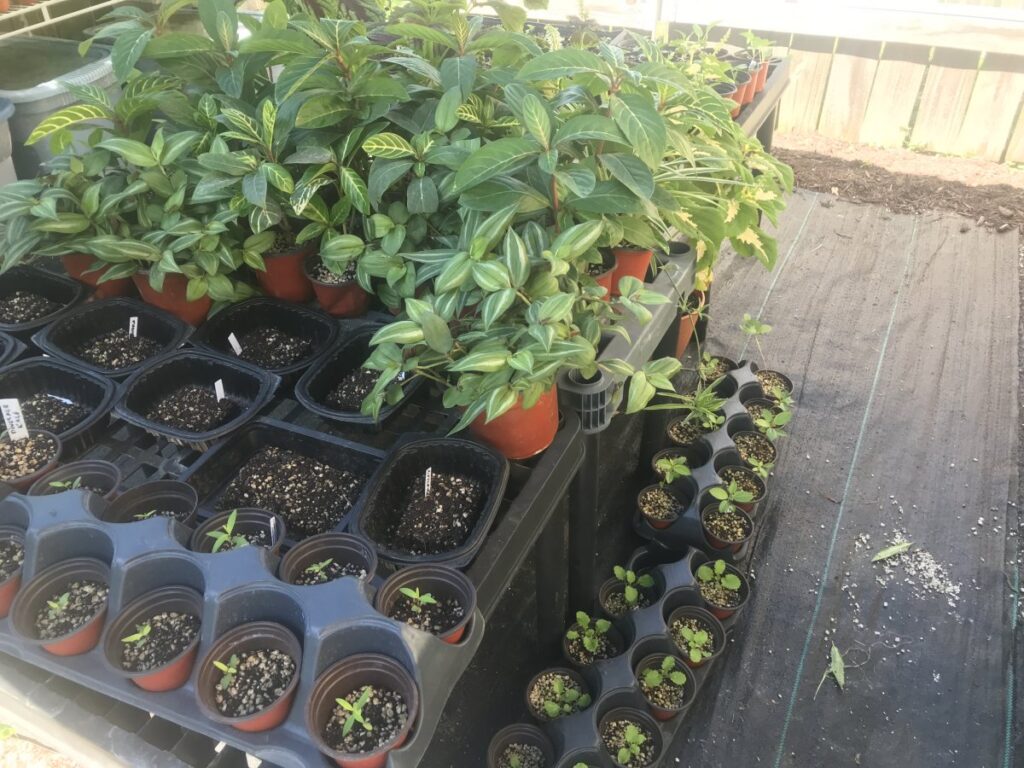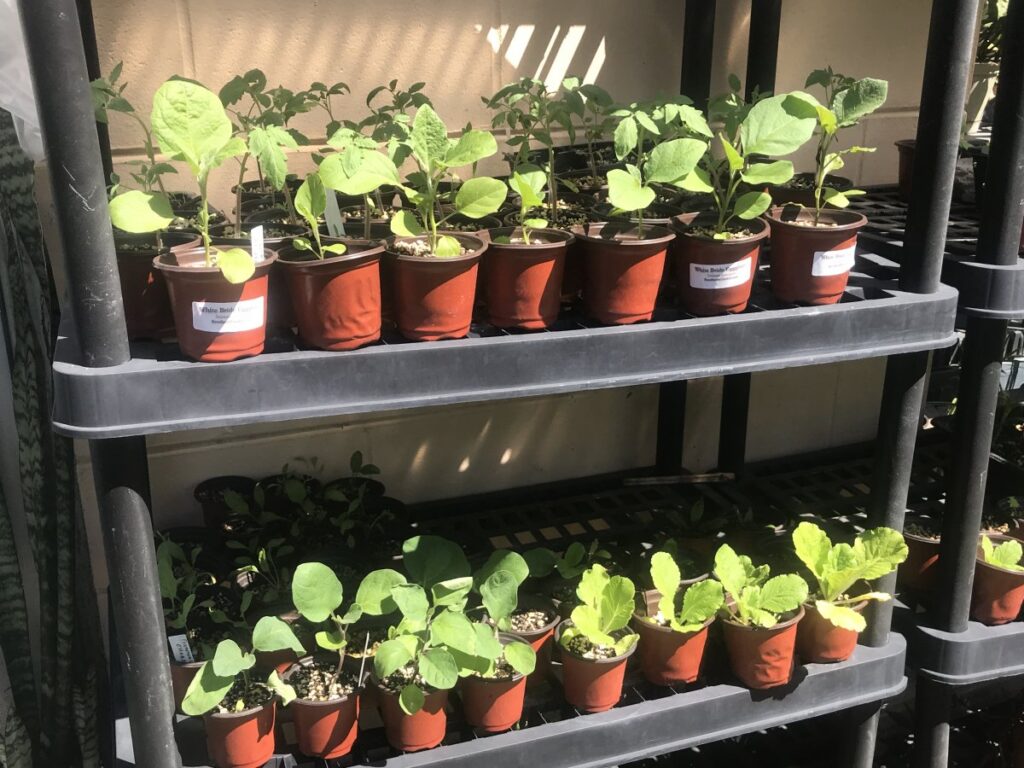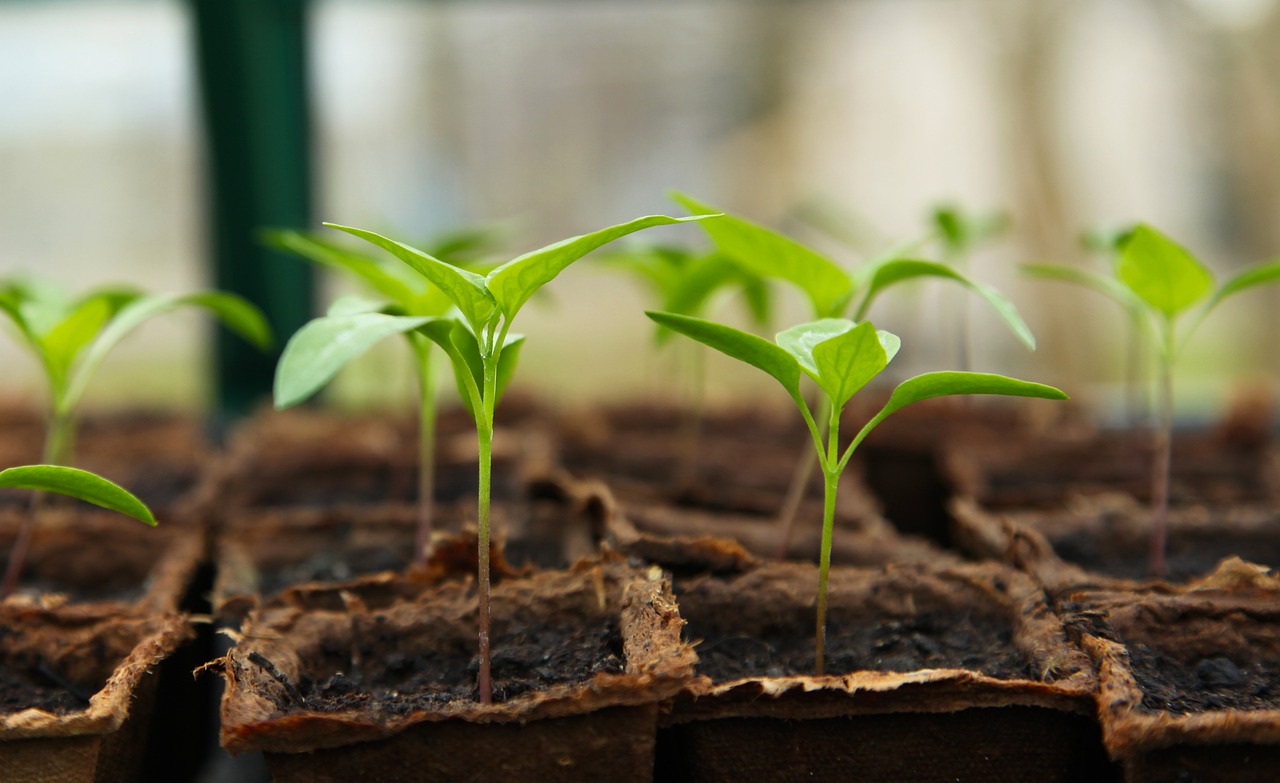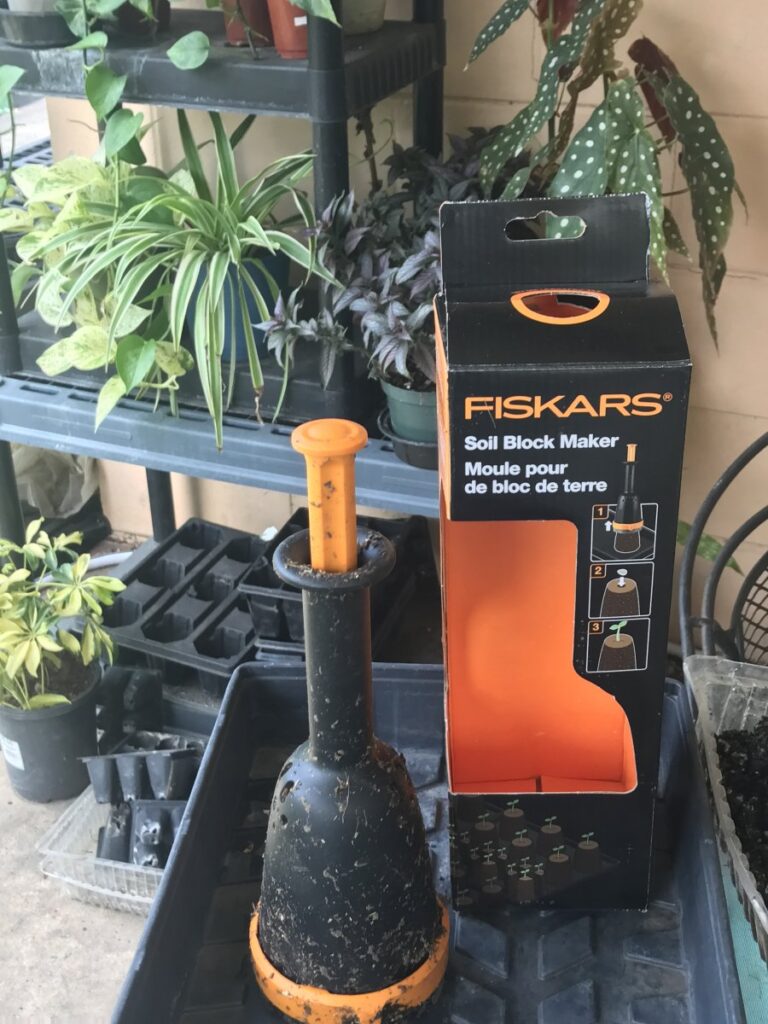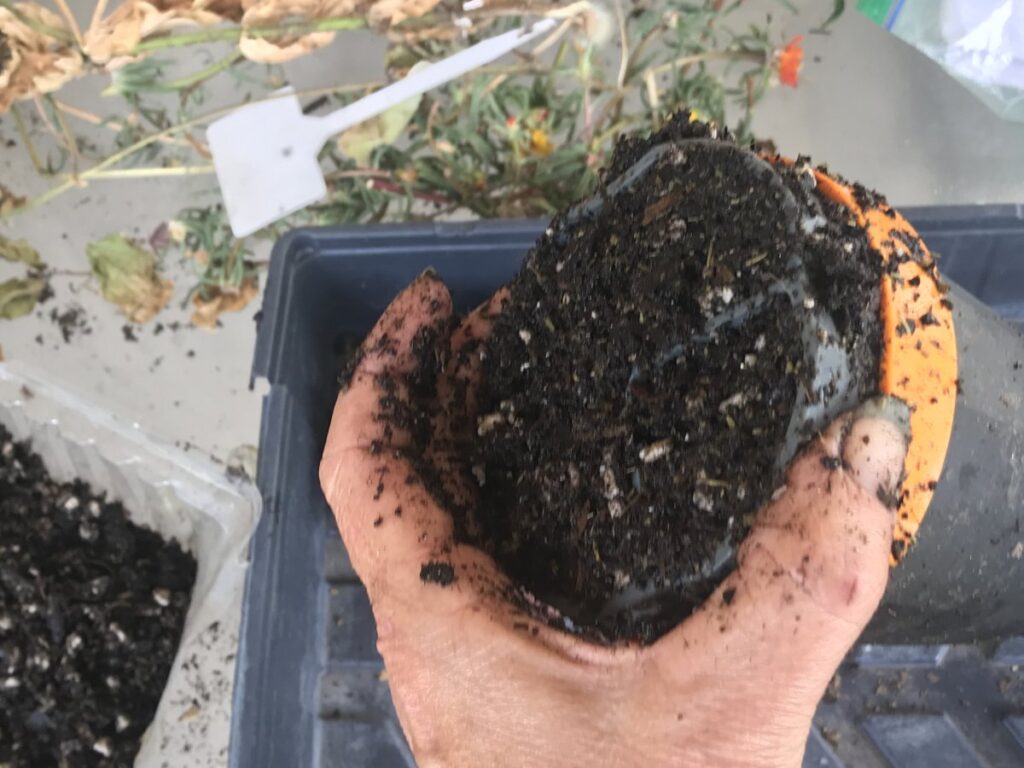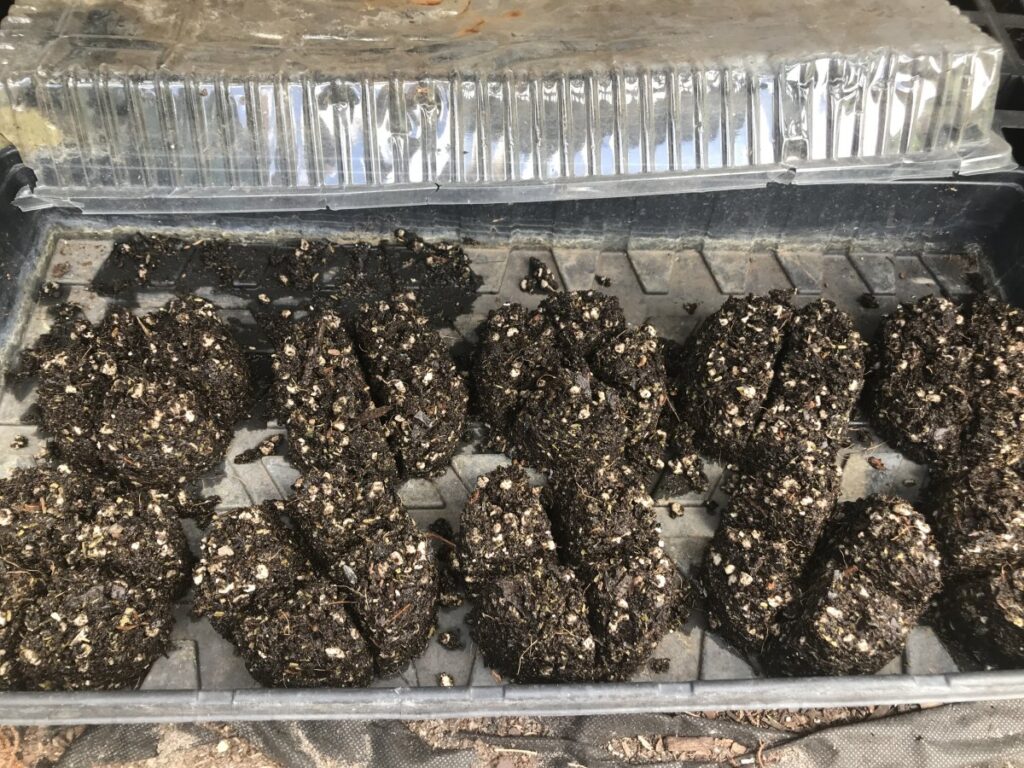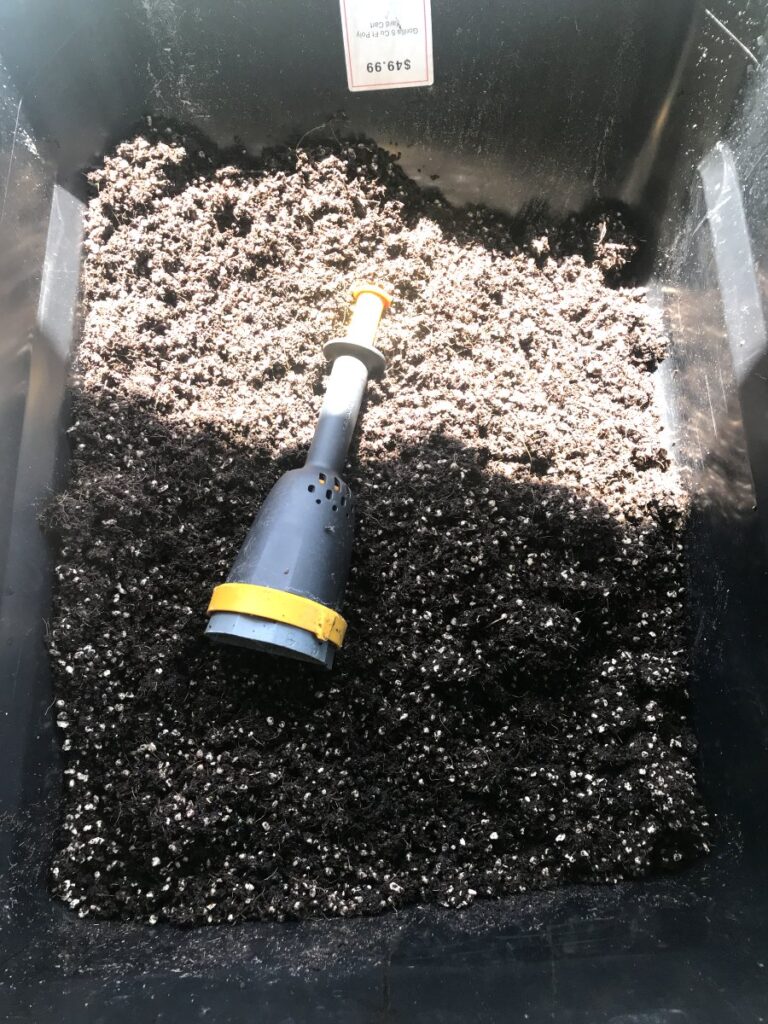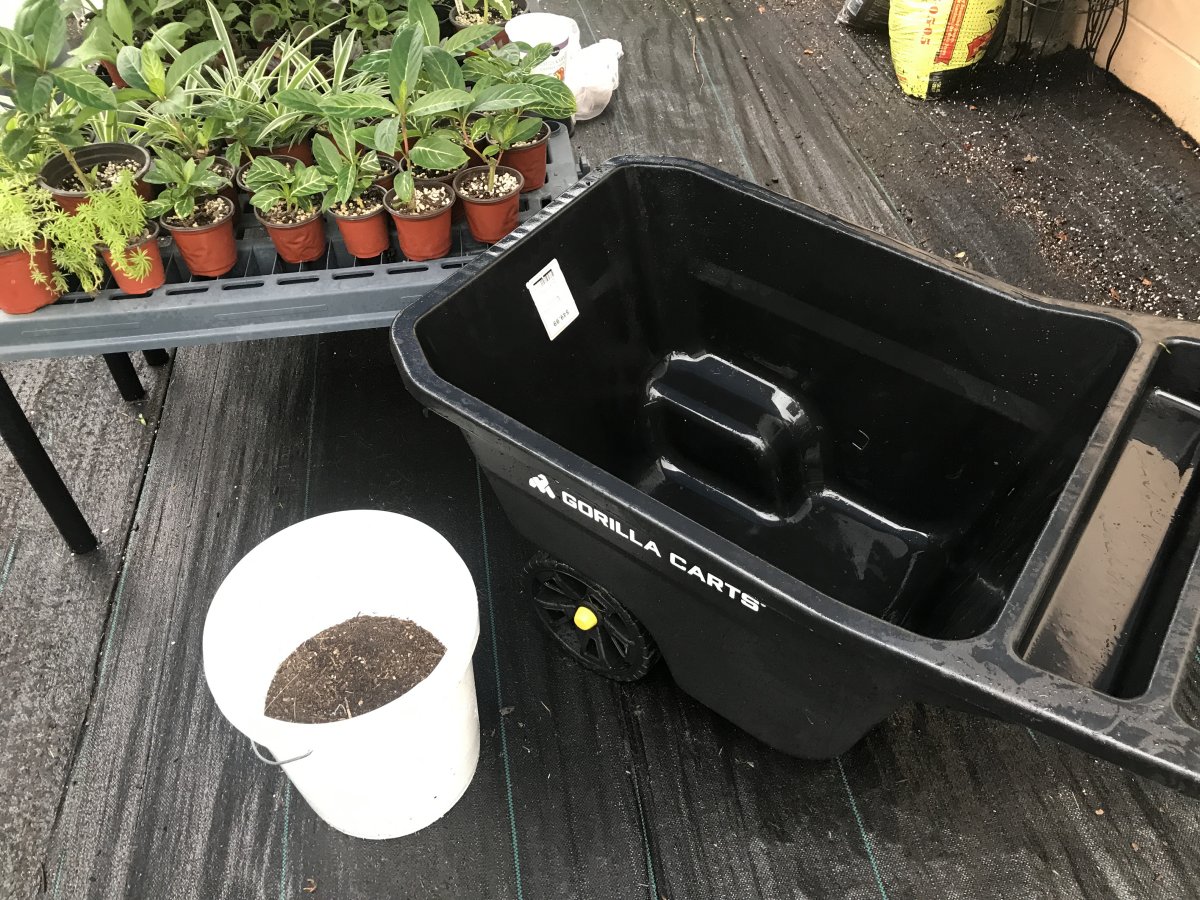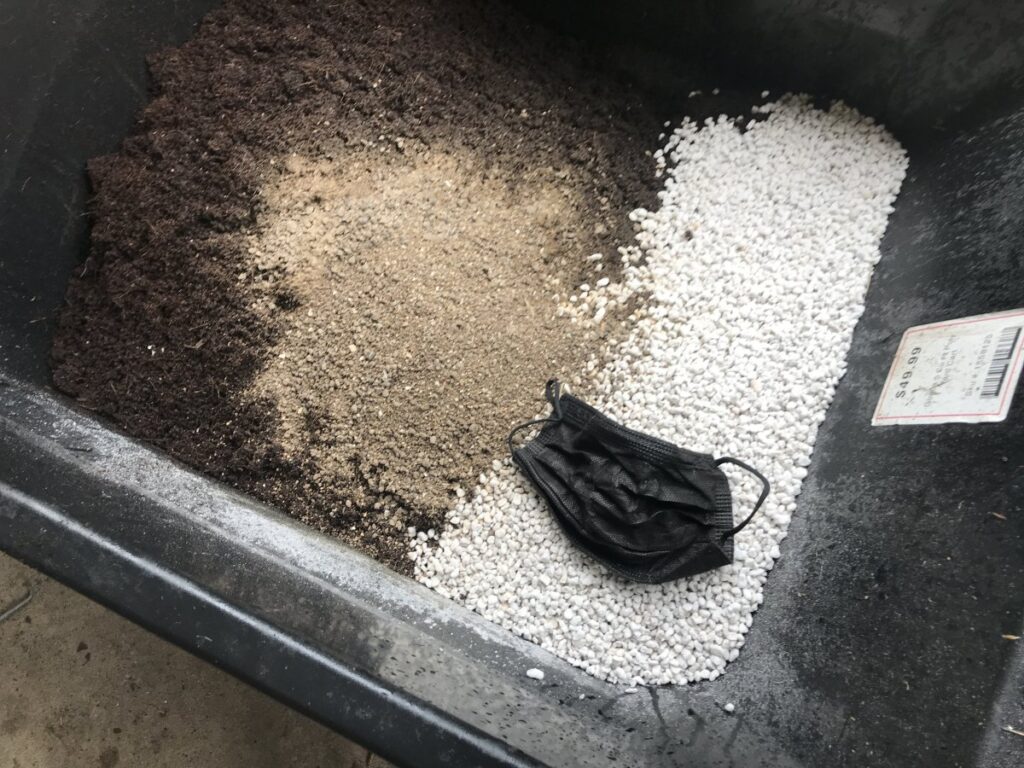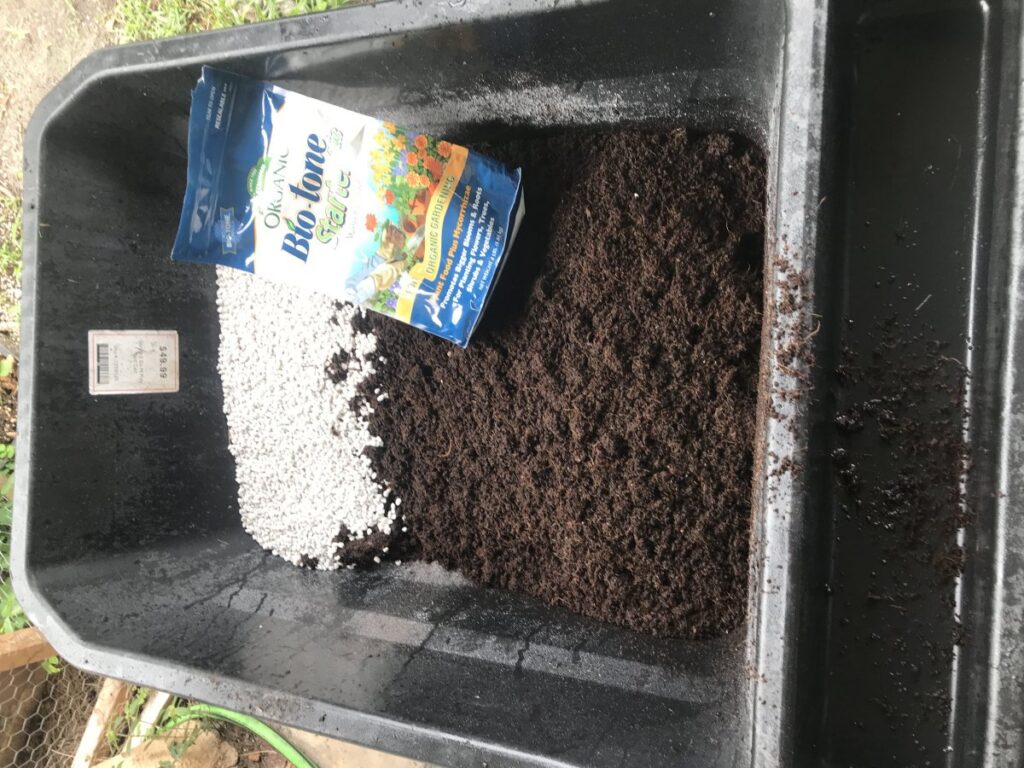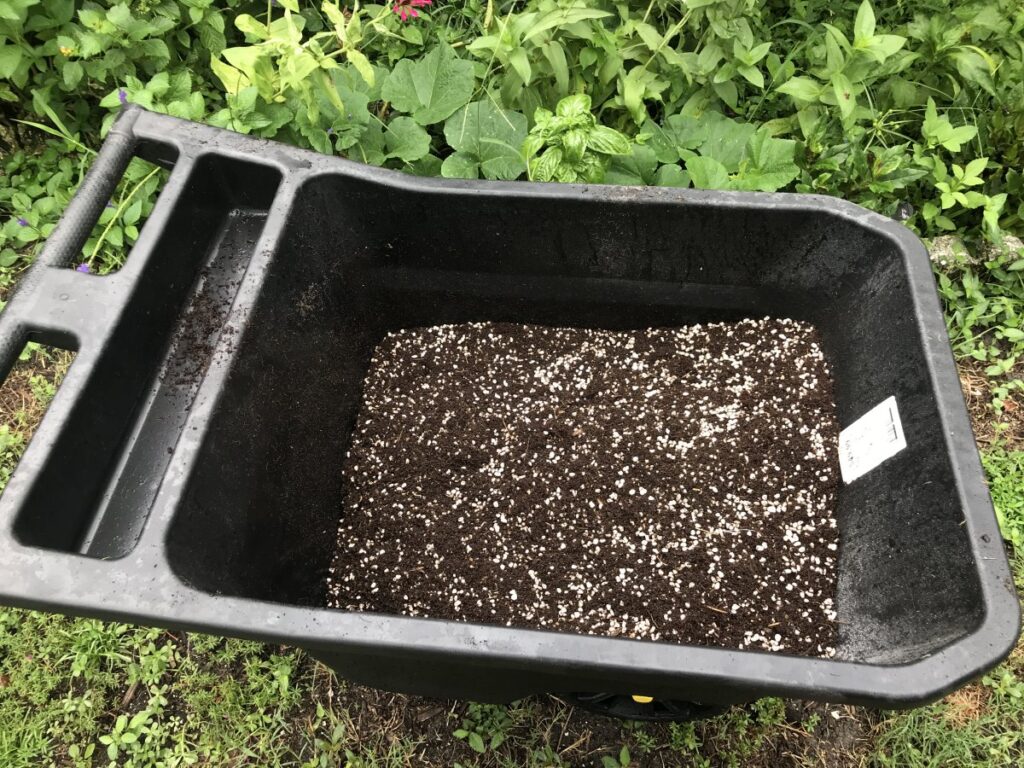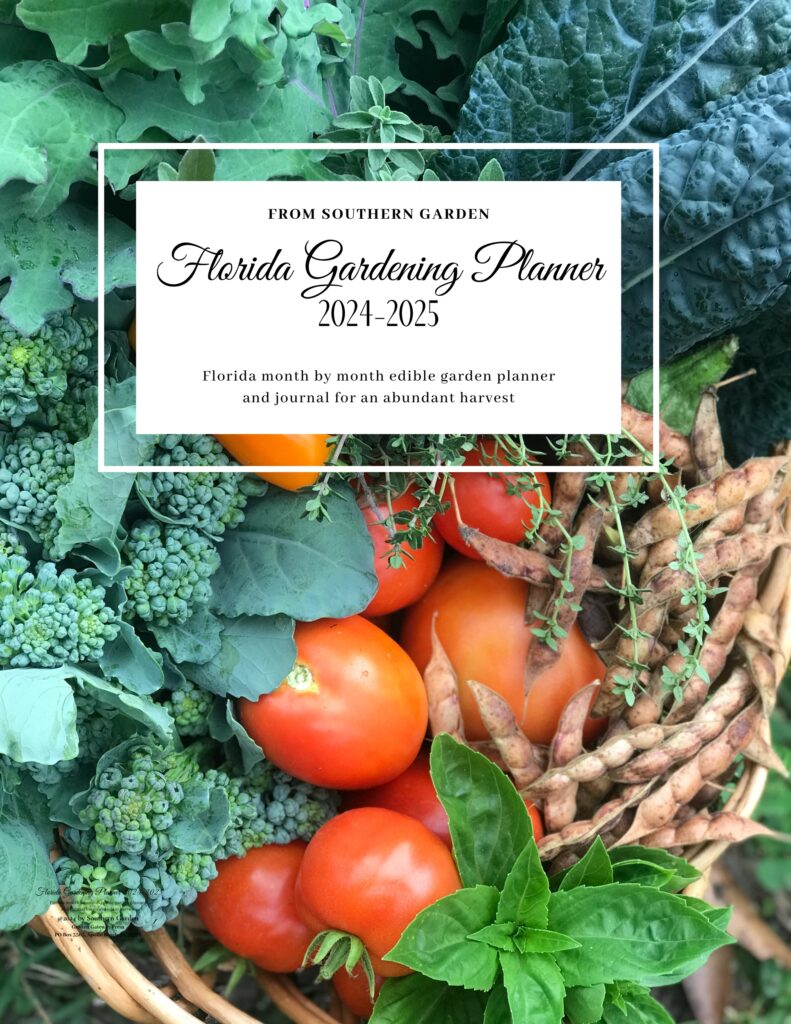
Tropical Hibiscus has to be the Hail Mary throw for any Florida gardener. These beautiful flowering shrubs are so easy to grow in our climate that cultivating a variety is a no-brainer. Tropical hibiscus care is simple and straightforward, and the amount of bloom you get for your buck (and effort) is simply incredible.
There seem to be an endless number of tropical hibiscus varieties, including some extravagantly flamboyant hybrids. Unfortunately, there are also a lot of scams floating around. If you seed tropical hibiscus for sale promising impossible-in-nature colors, it may be a complete scam.
If you live in the Southeastern U.S., specifically around the hot and humid Gulf Coast, you may have seen tropical hibiscus for sale and been tempted to purchase plants. Perhaps you thought they were fussy. They’re so pretty, they must be a pain to care for, right? Turns out, they’re not. They’re dead easy, and these showy exotics turn even the most mundane suburban spread into a tropical paradise.
Tropical Origins
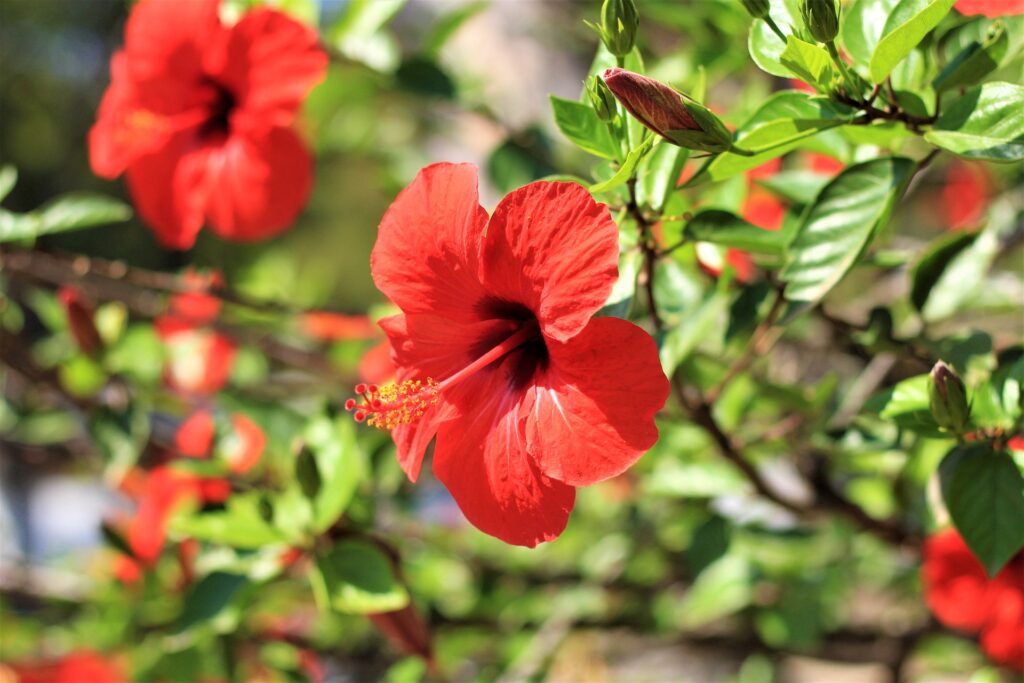
Tropical hibiscus, or Hibiscus rosa-sinensis, is believed to have originated in China, particularly in the southern regions. It’s also native to India, Malaysia, Indonesia, Thailand, and the Philippines, along with the Pacific Islands, like Fiji, Samoa, Tonga, and Hawai’i.
Over the years, these beautiful plants have spread to other tropical climates in Africa, Australia, Central and South America, and the Caribbean. In these tropical regions, the hibiscus thrives in rainforests and coastal areas.
In Hawai’i, tropical hibiscus is part of native culture, making up the iconic lei garlands worn on special occasions. These blooms are worn in the hair, are used in floral displays, and signify beauty. Tropical hibiscus is also used medicinally and as offerings in spiritual ceremonies.
The tropical hibiscus embodies the spirit of “aloha’ – love, compassion, and hospitality.
How can you fail to fall in love with that?

I always like to joke that I don’t live in the Southern U.S., I live in the North Caribbean, so tropical hibiscus is one of the first ornamentals I added to our landscape.
Tropical hibiscus is a woody shrub that can reach a height of 6 to 10 feet tall, with a spread of 4 to 6 feet. The foliage is glossy and dark green, creating an attractive backdrop for its stunning flowers.
Tropical Hibiscus Flowers
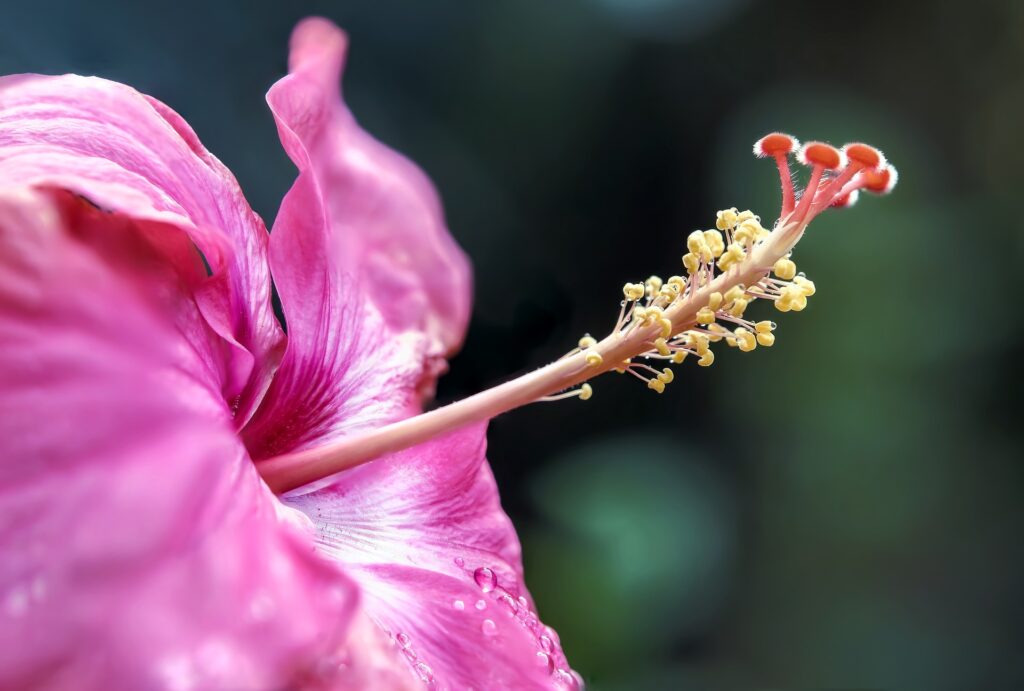
These evergreen plants produce large, showy blooms in a wide range of tropical hibiscus colors, including red, orange, pink, yellow, and white. These flowers can reach diameters of 4 to 8 inches and exhibit a striking trumpet-like shape. The nectar-rich flowers of tropical hibiscus attract hummingbirds and butterflies, enhancing the beauty and biodiversity of any garden.
Tropical hibiscus can be classified into two main types: singles and doubles.
Singles
Single tropical hibiscus flowers have a single row of petals, creating a striking focal point. They often feature a prominent stamen in the center. Some popular tropical hibiscus varieties feature vivid colors of red, yellow, pink, orange, and even white.
Doubles
Double tropical hibiscus flowers have multiple rows of petals, creating a fuller and more ruffled appearance. These varieties are known for their lush and showy blooms. Many of your favorite tropical hibiscus colors have a double version, as well.
In addition to these main color categories, tropical hibiscus cultivars can exhibit variations and combinations of colors, including blends, streaks, and bicolor patterns. This diverse range of tropical hibiscus colors and petal forms allows for endless possibilities in creating captivating displays and adding vibrant beauty to tropical gardens and landscapes.
Some hybrid “fancy” cultivars are even more exotic-looking, include maroon and purple and even blue. You’ll find electric pink and purple blooms, like ‘Voodoo Queen.’ Some don’t even look real, and I suspect a bit of photoshopping is going on.
Wildlife Magnets
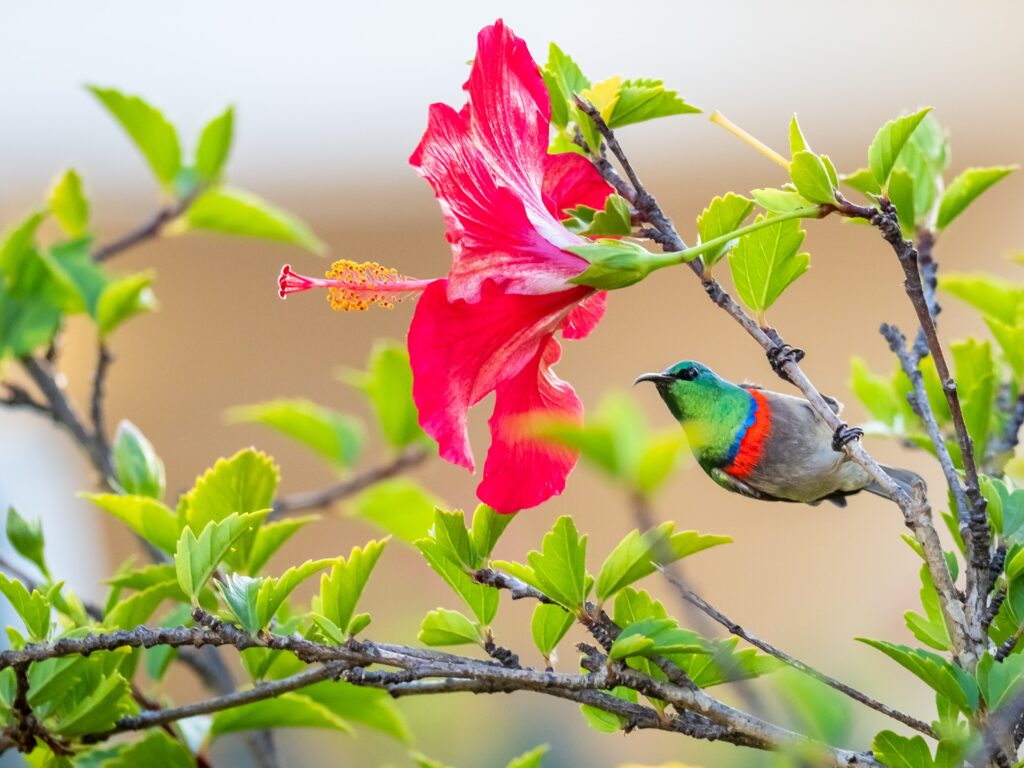
Tropical hibiscus attracts various pollinators and other wildlife:
Bees
Various species of bees are attracted to the nectar-rich flowers of tropical hibiscus. This includes honeybees, bumblebees, and native solitary bees such as carpenter bees, mason bees, metallic green sweat, and mining bees.
Butterflies
Several butterfly species are drawn to the vibrant colors and nectar of hibiscus flowers. This includes swallowtails, admirals, painted ladies, and hairstreaks.
Our Florida state butterfly, the Zebra Longwing, also seems to love dive-bombing the tropical hibiscus blooms.
Florida White Butterflies with their distinctive black markings are commonly found visiting hibiscus flowers for nectar.
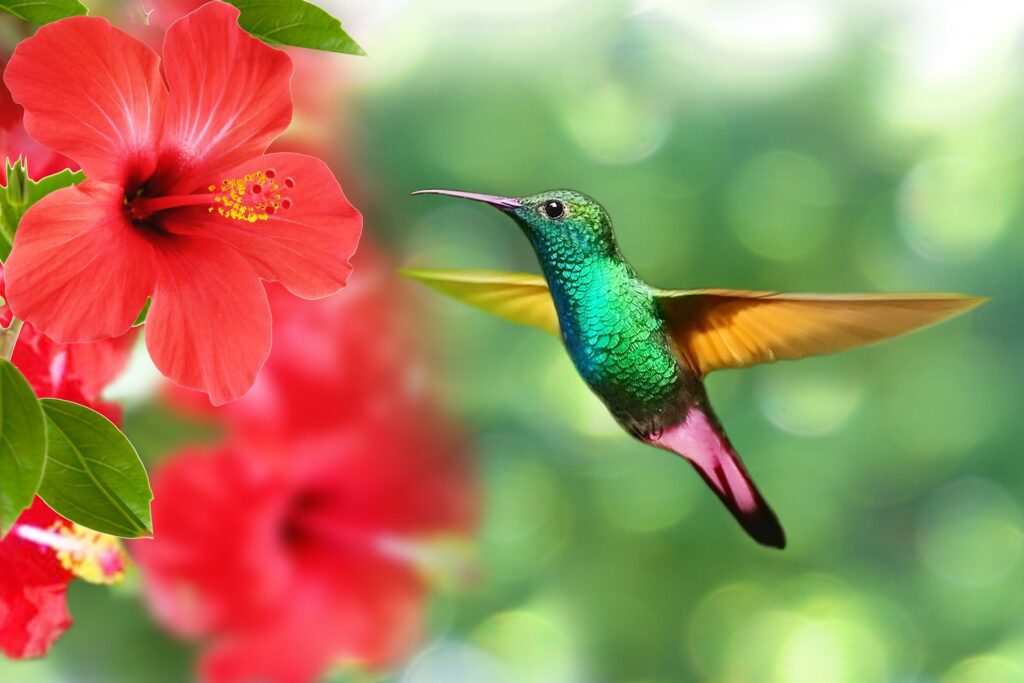
Hummingbirds
These small, agile birds are highly attracted to the tubular-shaped flowers of tropical hibiscus. Their long, slender beaks are perfectly adapted for sipping nectar from deep within the flower.
Ruby-throated Hummingbirds are known to visit hibiscus flowers for their nectar, especially during their migration and breeding season in Florida.
Other Wildlife
While not directly interacting with the flowers, anole lizards are often seen snoozing in hibiscus plants at night.
The flowers can also make a meal for iguanas and turtles enjoy munching on the foliage. I’ve also seen squirrels enjoying a blossom or two.
Creating a wildlife-friendly garden with tropical hibiscus can help support and attract a diverse range of critters, contributing to the overall health of the ecosystem.
Optimal Growing Conditions for Tropical Hibiscus
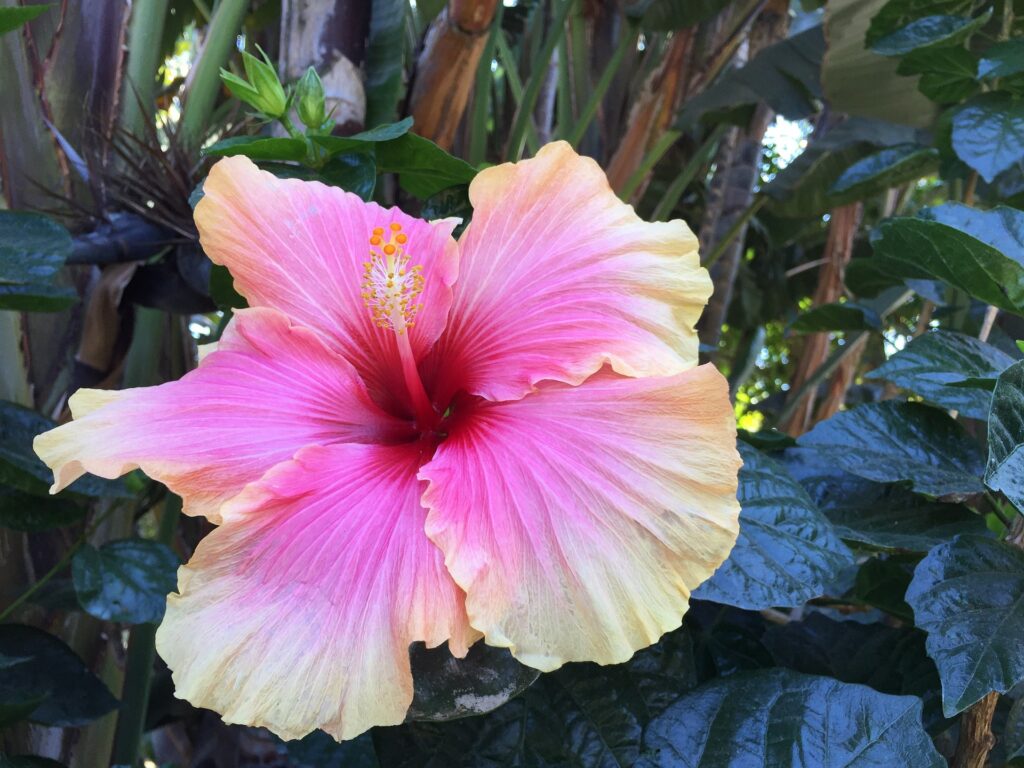
Tropical hibiscus thrives in warm and humid climates and is commonly found in tropical rainforests and coastal areas, where it enjoys the protection of tree canopies and the moist, well-drained soils prevalent in these habitats.
Light Requirements
Tropical hibiscus thrives in full sun to partial shade. It requires at least 6 hours of direct sunlight daily to promote robust growth and abundant flowering.
Soil Type
Well-draining soil is essential for tropical hibiscus. A rich, loamy soil mixed with organic matter provides the ideal growing medium. Avoid heavy clay soils that can lead to waterlogged conditions.
Tropical hibiscus (Hibiscus rosa-sinensis) generally prefers slightly acidic to neutral soil conditions. While they are not considered strict acid-loving plants like azaleas or blueberries, they can benefit from a slightly acidic soil pH in the range of 6.0 to 6.8.
Climate
Tropical hibiscus thrives in warm and humid climates. It requires consistently warm temperatures above 60°F, preferably over 80°F during the growing season for optimal growth and flowering.

Elevation
Elevation is generally not a significant concern for tropical hibiscus unless you are growing it in high-altitude regions where temperatures can drop significantly.
Tropical Hibiscus Cold Tolerance
Tropical hibiscus temperature tolerance can be a factor in USDA Zones 8 and above. Growth may slow or cease below 50°F, and temperatures near or below freezing can cause severe damage or even death to the plant.
Tropical hibiscus is not frost-tolerant and is typically grown as a container plant in regions with colder climates.
Here on the Gulf Coast, they’re a garden staple in the landscape. They’re best suited for USDA hardiness zones 9 to 11. You can probably even baby them in Zone 8 with adequate frost blankets.
Protecting from Cold: During colder months, it is crucial to protect tropical hibiscus from freezing temperatures. Move container-grown plants indoors or provide adequate insulation for in-ground specimens. Use frost cloth or blankets to cover plants and provide additional heat sources like Christmas lights for added protection.
Planting Tropical Hibiscus in the Ground
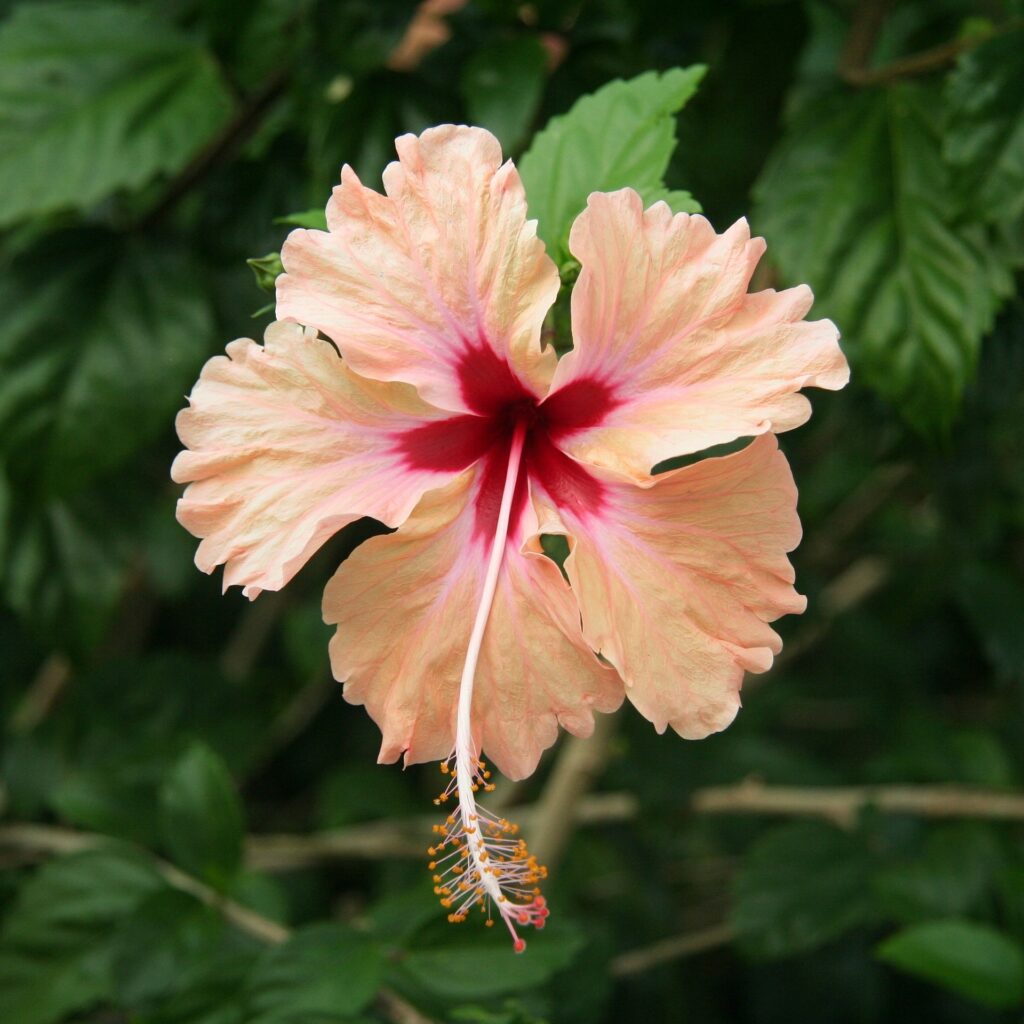
Select a suitable location. Choose a spot in your garden that receives full sun for at least six hours a day. Tropical hibiscus thrives in warm, sunny conditions.
Prepare the soil
Ensure the soil is well-draining and enriched with organic matter. Hibiscus prefers slightly acidic to neutral soil with a pH between 6.0 and 7.0. Amend the soil with compost or well-rotted manure to improve its fertility and drainage.
Dig the planting hole
Dig a hole that is slightly wider and deeper than the root ball of the hibiscus shrub. The hole should be large enough to accommodate the roots comfortably.
Remove the hibiscus from its container
Gently tap or squeeze the sides of the container to loosen the root ball. Carefully slide the hibiscus out of the container, taking care not to damage the roots.
Place the hibiscus in the hole
Position the hibiscus in the center of the hole, ensuring that it sits at the same depth as it was in the container. The top of the root ball should be level with the soil surface.
Add Amendments
For the best start, add an organic fertilizer in the planting hole that contains mycorrhizal fungi to improve nutrient uptake and root health. Compost is also another great soil amendment that adds richness to mediocre soils.

Backfill the hole
Fill the hole with the excavated soil, gently firming it around the roots as you go. Ensure there are no air pockets around the roots.
Water thoroughly
After planting, water the hibiscus thoroughly to settle the soil and hydrate the plant. Provide enough water to moisten the entire root ball as well as the soil around it.
Mulch around the plant
Apply a layer of organic mulch, such as wood chips, around the base of the hibiscus. This will help conserve moisture, suppress weeds, and regulate soil temperature.
First year care
Regularly water the hibiscus, keeping the soil evenly moist but not waterlogged. Water deeply whenever the top inch of soil feels dry.
Care of Tropical Hibiscus
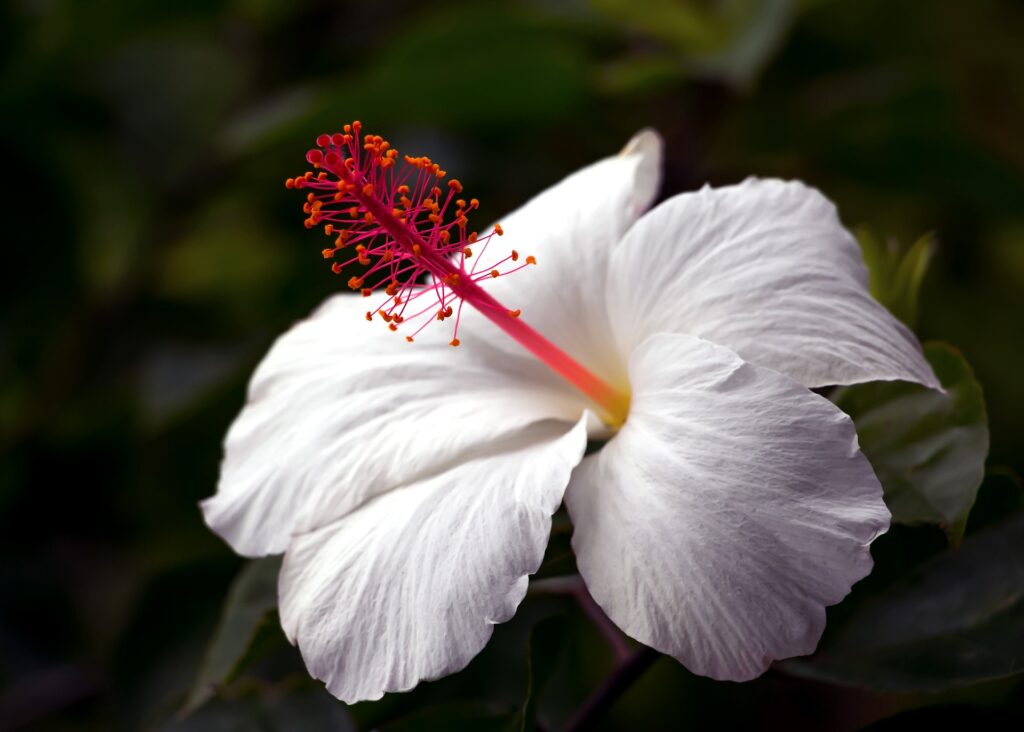
Following these steps will help ensure a successful planting of your tropical hibiscus shrub. Remember to provide regular care, including watering, fertilizing, and proper maintenance, to keep your hibiscus healthy and thriving.
Watering Schedule
Tropical hibiscus prefers regular watering to keep the soil consistently moist but not waterlogged. Water deeply when the top inch of soil feels dry and adjust watering frequency based on environmental conditions.
Fertilizer Composition
Provide tropical hibiscus with a balanced fertilizer, such as a slow-release granular formula with an N-P-K ratio of 10-10-10 or 14-14-14. Feed every four to six weeks during the growing season, reducing or stopping fertilization during winter dormancy.
Horticulturists often recommend specific macronutrients and micronutrients for the optimal production of tropical hibiscus. Here are the essential nutrients that are typically recommended.
Macronutrients
Nitrogen (N) is essential for promoting leafy growth and overall plant vigor. It is particularly important during the active growth stages of tropical hibiscus.
Phosphorus (P) plays a crucial role in root development, flowering, and fruit production. It helps promote strong root systems and enhances flower and fruit formation.
Potassium (K) is vital for overall plant health, disease resistance, and flower quality. It aids in the regulation of water movement within the plant and supports the development of strong stems and roots.
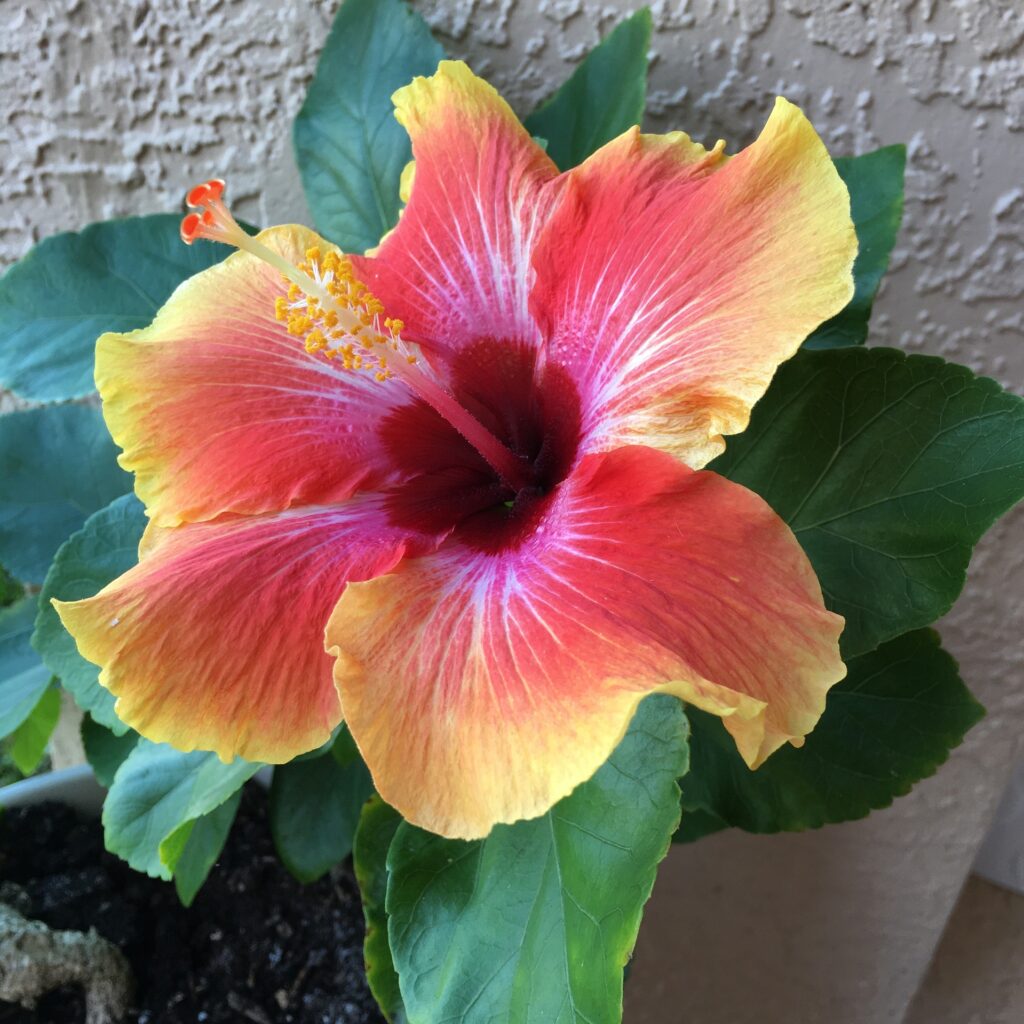
Micronutrients
Iron (Fe) is necessary for chlorophyll synthesis and plays a key role in photosynthesis. It is important for maintaining healthy foliage and preventing yellowing of leaves (chlorosis).
Magnesium (Mg) is an essential component of chlorophyll and is critical for photosynthesis. It supports energy production and enzyme activation within the plant.
Zinc (Zn) is involved in various enzymatic processes and plays a role in hormone regulation, protein synthesis, and carbohydrate metabolism. It is essential for overall plant growth and development.
Manganese (Mn) is necessary for chlorophyll production and is involved in enzyme activation. It contributes to photosynthesis, nitrogen metabolism, and carbohydrate synthesis.
Copper (Cu) is required for various enzymatic reactions and is involved in plant respiration, photosynthesis, and lignin synthesis. It aids in overall plant growth and development.
It’s important to note that the specific nutrient requirements may vary depending on factors such as soil composition, growing conditions, and plant health. Conducting a soil test and consulting with your ag extension service can provide more precise nutrient recommendations tailored to your specific growing environment and goals.

Specialized Tropical Hibiscus Fertilizer
Fertilizers formulated specifically for tropical hibiscus, often labeled as “Hibiscus Fertilizer” or “Tropical Plant Fertilizer,” are available in the market and are formulated to meet the specific nutrient needs of these plants.
Fertilizing tropical hibiscus with acid-loving plant fertilizers can be beneficial if the soil pH is alkaline or if you are aiming to lower the pH slightly. Acid-loving fertilizers typically contain higher amounts of sulfur, which helps lower soil pH.
These fertilizers may also include additional nutrients that are beneficial for acid-loving plants, such as iron and manganese.
If you notice signs of nutrient deficiency or if your soil pH is consistently high, using an acid-loving plant fertilizer can help provide the necessary nutrients while also slightly adjusting the soil pH.
However, it’s important to note that tropical hibiscus can also thrive in slightly alkaline soils as long as the necessary nutrients are available.
Before applying any fertilizer, it’s recommended to conduct a soil test to determine the pH and nutrient levels of your soil.
Pruning Your Tropical Hibiscus
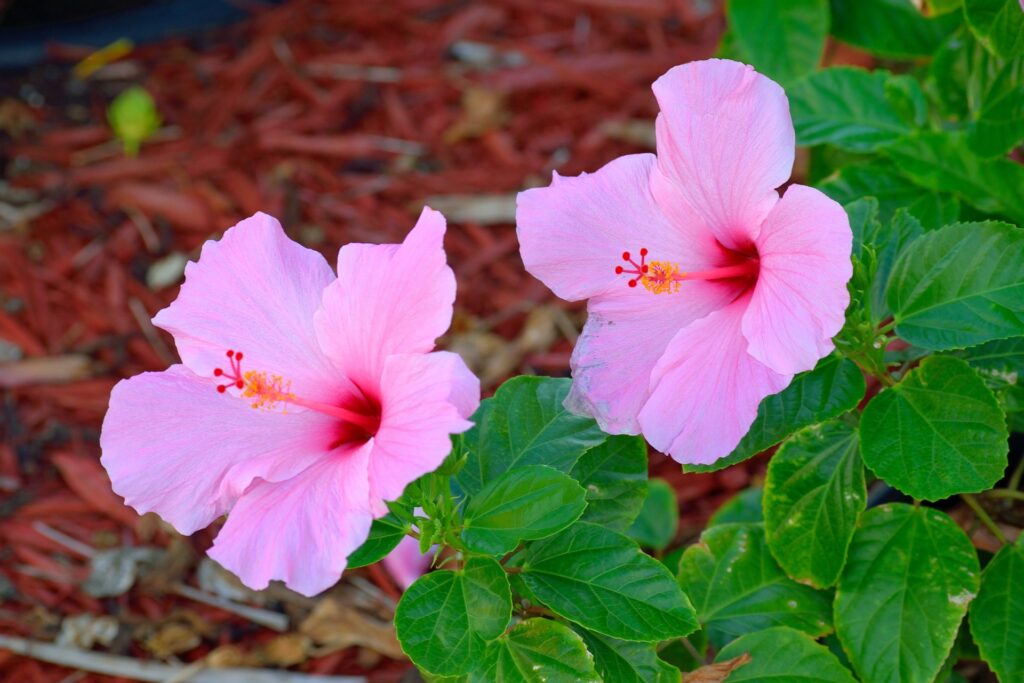
While tropical hibiscus is a low-care plant, it does require some pruning to make it look its best. You’ll want to prune in late winter or early spring before new growth emerges. You may also want to prune during the growing season to prevent it from becoming overgrown and leggy.
Pruning During the Growing Season.
You can prune your hibiscus back any time during the growing season as required to maintain its shape.
Timing
During the growing season, you can prune your tropical hibiscus every 4-6 weeks to maintain its size and shape. Start pruning when new growth is about 6 inches long.
Tools
Gather a pair of clean, sharp pruning shears or scissors. Ensure the tools are sanitized to prevent the spread of diseases.
Assess the Plant
Examine the hibiscus plant and identify branches that are growing too vigorously or extending beyond the desired size or shape.
Determine the Pruning Length
Decide on the amount you want to prune to control the size of the plant. Aim to remove around one-third of the branch’s length.
Prune Vigorous Branches
Locate the node or leaf joint where you want to make the cut. Position the pruning shears just above the node and make a clean, angled cut. Cutting above a node encourages new growth from that point.
Control Branch Length
To prevent the hibiscus from becoming too leggy, prune the branches to a desirable length. Identify branches that have grown excessively long or are crowding other parts of the plant, and trim them back to a suitable length, just above a node.
Remove Suckers
Suckers are new shoots that emerge from the base of the plant. They can divert energy from the main growth. Remove these suckers by pruning them at the base.
Regular Maintenance
Throughout the growing season, continue to monitor the growth of your hibiscus. As new growth appears, repeat the pruning process, removing any excessive or unwanted branches to maintain the desired size and shape.
Clean Up
After pruning, remove any fallen leaves or debris from the base of the plant to maintain a tidy and healthy growing environment.
Aftercare
Following pruning, provide your tropical hibiscus with water and fertilizer to support healthy regrowth.
By following these step-by-step instructions and regularly pruning your tropical hibiscus during the growing season, you can effectively manage its size, prevent excessive growth, and maintain the desired shape of the plant.
Remember to adjust the frequency and intensity of pruning based on the growth rate and specific needs of your hibiscus variety.
Annual Winter Pruning for Tropical Hibiscus
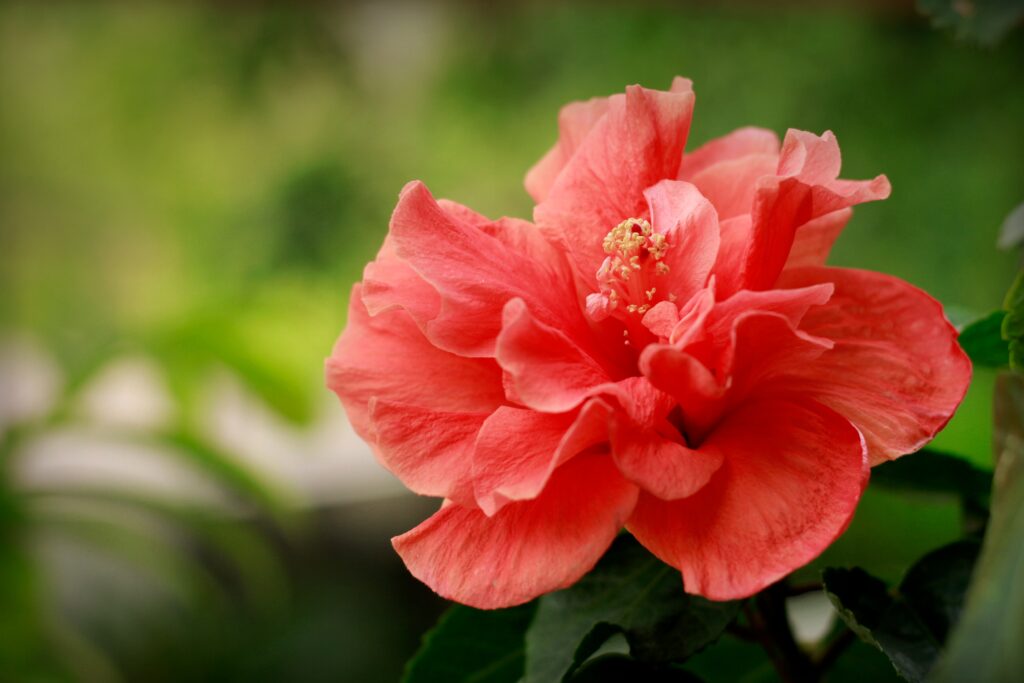
Late winter or early spring is the perfect time to prune your hibiscus to remove any dead or diseased branches. This step is critical for maintaining the health of your plant.
Timing
Prune your tropical hibiscus just before it breaks dormancy, typically in late winter or early spring. This allows new growth to emerge on a well-shaped plant.
Assessment
Examine the plant for dead, damaged, or diseased branches. Look for crossing or rubbing branches that can impede airflow and create wounds.
Sterilization
Clean and sterilize your pruning tools before use. Dip the blades in disinfectant spray or wipe them down with rubbing alcohol to prevent the spread of diseases.
Thinning
Thin out overcrowded branches by selectively removing some of the older or weaker stems. Aim for an open and balanced growth habit.
Size control
If necessary, trim back the overall size of the plant to maintain a desirable shape or control its height. Cut back the branches to the desired length, just above a set of healthy leaves.
Pruning cuts
Make clean, angled cuts above leaf nodes or buds, ensuring the remaining branches face outward to encourage outward growth.
Clean-up
Remove all the pruned branches and debris from the area around the plant. This helps prevent the spread of pests and diseases.
Aftercare
After pruning, provide regular care to support new growth. Water the plant appropriately, ensure it receives adequate sunlight, and follow up with a spring feeding once new growth emerges.
Tropical Hibiscus Propagation
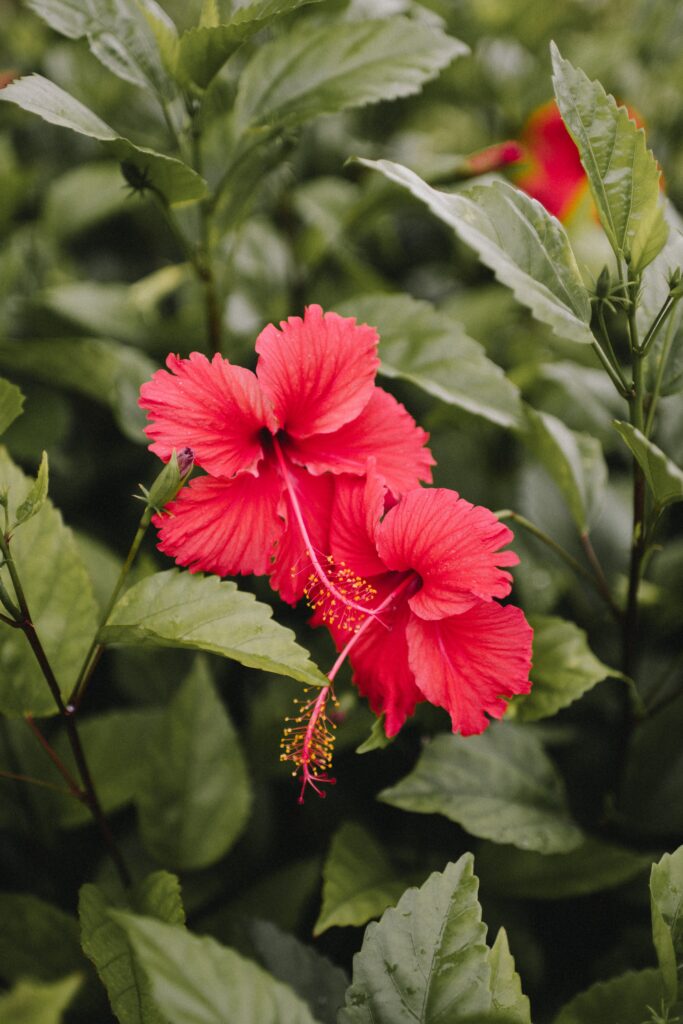
There are a few different methods you can use for tropical hibiscus propagation: stem cuttings, air layering, or seed propagation. Stem cuttings are the most common and easiest method.
Prepare the Cuttings
Select a healthy and mature branch of the tropical hibiscus plant. Using clean and sharp pruning shears, cut a 4-6 inch section of the stem just below a leaf node (where leaves emerge). Remove any leaves from the lower half of the cutting.
Hormone Application (Optional)
To enhance root development during tropical hibiscus propagation, you can apply a rooting hormone to the base of the cutting according to the manufacturer’s instructions. This step is optional but can increase the success rate.
Planting the Cutting
Prepare a small pot with a well-draining potting mix. Make a hole in the soil using a pencil or your finger and insert the cutting about 1-2 inches deep into the soil. Firmly press the soil around the cutting to secure it.
Provide Ideal Conditions
Place the pot in a warm and bright location with indirect sunlight. Maintain a consistent temperature between 70-80°F (21-27°C). Keep the soil moist but not waterlogged. You can cover the pot with a plastic bag or place it in a propagation tray to create a humid environment.
Root Development
Over the next several weeks, the cutting will develop roots. Check the soil moisture regularly and mist the leaves if necessary to maintain humidity. Avoid direct sunlight, as it can scorch the cutting.
Transplanting
Once the cutting has developed a healthy root system, usually after 6-8 weeks, you can transplant it into a larger pot or into the garden if the conditions are suitable. Ensure the soil is well-draining and provide adequate watering and care as the plant establishes itself.
Note: Tropical hibiscus propagation from seed is also possible but requires more time and effort. It’s an approach for expert gardeners. It involves harvesting and germinating the seeds, followed by nurturing the seedlings until they are ready for transplanting.
Winter Care for Tropical Hibiscus
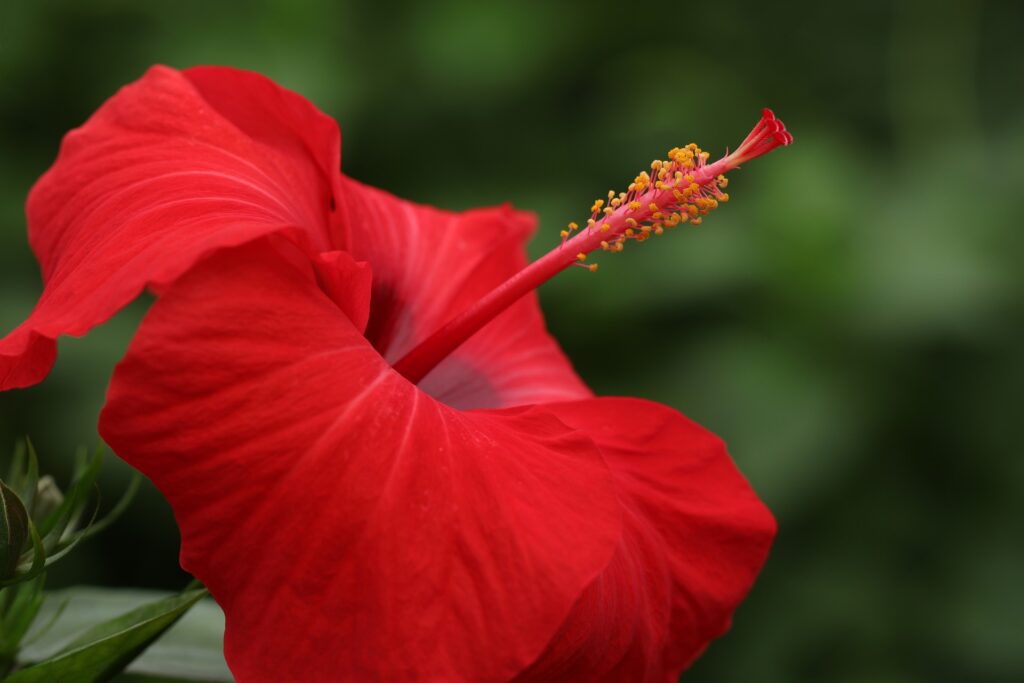
Protecting tropical hibiscus during the winter is crucial in regions where temperatures drop below their cold tolerance. Here are some steps to help safeguard your plants:
Timing
Begin winter protection measures when temperatures consistently fall below 50°F (10°C) or when frost is expected.
Pruning
Before the first frost, consider pruning your tropical hibiscus to a manageable size. Remove any dead or diseased branches and aim for a compact shape.
Mulching
Apply a layer of organic mulch around the base of the plant, such as straw or wood chips. This helps insulate the roots and retain moisture.
Covering
Use frost blankets, burlap, or old bedsheets to cover the entire plant during extremely cold nights. Secure the cover loosely to allow for airflow and prevent moisture buildup.
Remove the cover as soon as possible after sunrise. If temperatures are expected to drop for several nights in a row, you can leave the covers on.
Container plants

If your hibiscus is in a container, move it to a protected area like a garage or basement. Ensure the plant receives adequate light and water sparingly to prevent root rot.
Watering
During winter, reduce watering frequency to avoid waterlogged soil. Only water when the top inch of soil feels dry to the touch.
If the cold snap will be brief, water the day before the overnight temperatures drop. Water early enough to allow the day’s sunlight to heat the root zone. This will help keep the soil around the plant warmer overnight.
However, this technique is not suitable for longer cold spells. If you are expecting several nights of cold weather, don’t water until the weather warms enough to remove the coverings.
Temperature monitoring
Keep an eye on weather forecasts and be prepared to provide additional protection if unexpected cold snaps occur.
By implementing these measures, you can help protect your tropical hibiscus from winter damage and promote its health for the following growing season.
Tropical Hibiscus Pests and Diseases
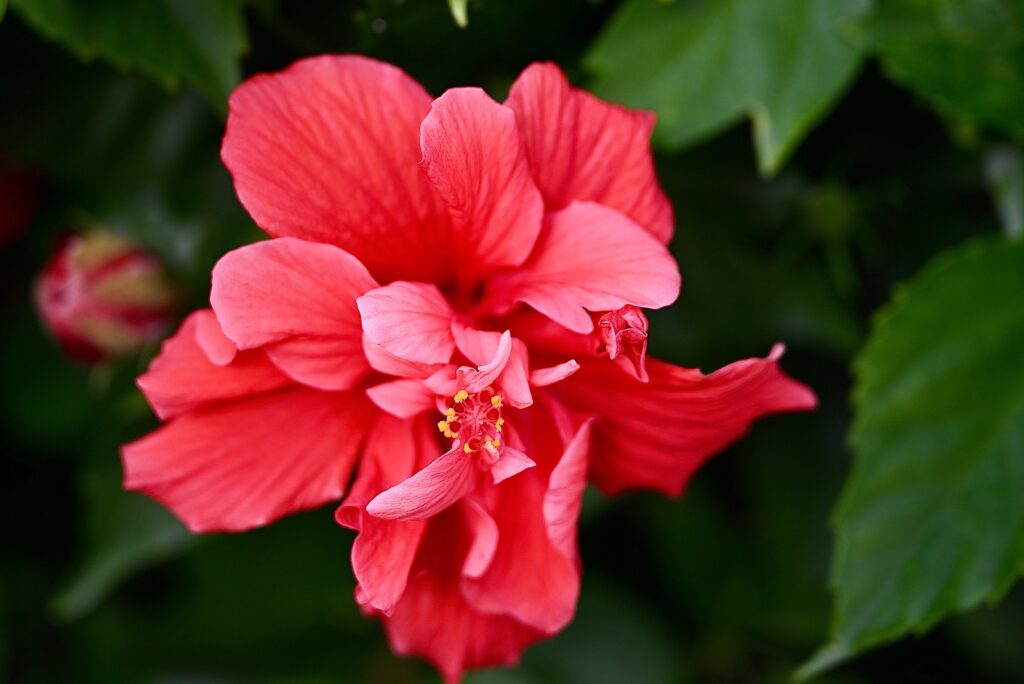
Keep an eye out for common pests like aphids, spider mites, and whiteflies. Treat any infestations promptly using appropriate organic or chemical controls. Monitor for signs of diseases like leaf spot or powdery mildew and take necessary steps to address them.
Common Pests
Common pests affecting tropical hibiscus include aphids, whiteflies, spider mites, and mealybugs. Regularly inspect the plant for signs of infestation.
Here’s some guidance on identifying common insect pests that can infest tropical hibiscus:
Aphids
Look for clusters of small, soft-bodied insects on the undersides of leaves, flower buds, or stems.
Aphids can be green, black, brown, or other colors, depending on the species.
They often leave behind a sticky residue called honeydew, which can attract ants and promote the growth of sooty mold.
Whiteflies
Whiteflies are tiny, white or pale yellow insects that resemble small moths. They can be found on the undersides of leaves, typically in large numbers. When disturbed, whiteflies will fly up in a cloud of tiny insects.

Spider Mites
Spider mites are very small and may appear as tiny dots on the leaves. Look for fine webbing on the undersides of leaves, especially in cases of severe infestation. Spider mites can cause stippling or yellowing of the foliage.
Mealybugs
Mealybugs are soft-bodied insects covered in a white, cottony, waxy substance. They tend to congregate in protected areas, such as leaf axils, leaf undersides, and stem joints. Look for cottony masses and sticky residue on the plant surface.
Oleander caterpillars
Oleander caterpillars are vibrant and distinctive in appearance. They have a black body with bright orange or red stripes running along their length. The caterpillars have a slightly hairy or spiky texture.
When inspecting your hibiscus for pests, be sure to examine the undersides of leaves, as many pests prefer to hide in those areas. Additionally, closely monitor the overall health of your plant for signs of wilting, yellowing leaves, or stunted growth, as these can be indicators of a pest infestation.
Pest Remedy
Control pests by spraying the plant with an appropriate insecticide, focusing on the undersides of leaves where pests often congregate. Follow the product instructions and repeat applications as necessary.
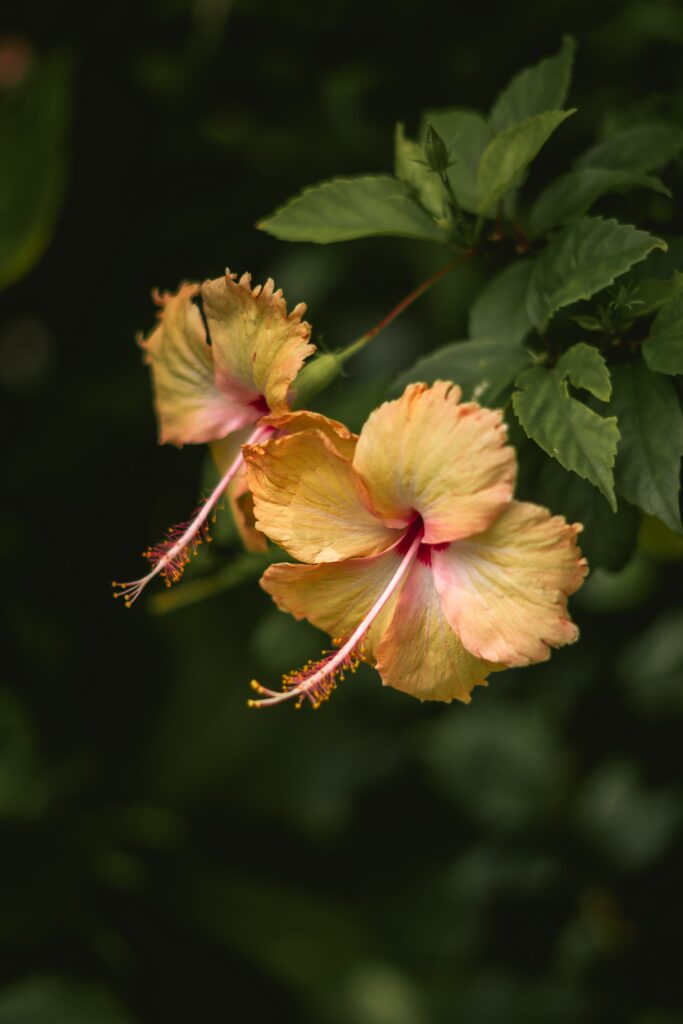
Common Diseases
Tropical hibiscus can be susceptible to diseases such as leaf spot, root rot, and powdery mildew. Ensure proper watering practices, good air circulation, and avoid overhead watering to minimize disease incidence.
Leaf Spot
Leaf spot is a common fungal disease that affects tropical hibiscus. Look for circular or irregularly shaped spots on the leaves, usually with defined margins. The spots can vary in color, ranging from brown, black, or yellow to dark purple.
As the disease progresses, the spots may enlarge and merge, leading to the yellowing and defoliation of affected leaves.
Root Rot
Root rot is a fungal disease caused by overwatering, poor drainage, or soilborne pathogens. Observe the plant for signs of wilting or yellowing leaves that don’t respond to watering.
Gently remove the plant from the pot or dig around the root zone to inspect the roots. Healthy roots should appear white or off-white, while rotting roots may appear brown, mushy, or have a foul odor.
Severely affected plants may exhibit stunted growth and eventually die.
Powdery Mildew
Powdery mildew is a fungal disease characterized by a white or grayish powdery growth on the foliage. Look for a fine, talcum-like coating on the upper surfaces of leaves, stems, and even flowers.
Affected leaves may become distorted, curl, or drop prematurely. In severe cases, the powdery growth can cover a significant portion of the plant, inhibiting photosynthesis and weakening its overall health.
When identifying these diseases, careful observation of the plant’s symptoms and characteristics is essential. If you suspect any of these diseases, it is recommended to take appropriate measures for prevention, treatment, and control to minimize their impact on your tropical hibiscus.
Disease Remedy
To combat diseases, remove and dispose of affected plant material, improve air circulation, and apply appropriate fungicides as recommended by a local garden center or professional.
Special Needs or Care
Tropical hibiscus benefits from regular grooming to remove spent flowers and encourage continuous blooming. Additionally, the plant may require occasional staking or support as it grows taller to maintain an upright habit.
Yellow Leaves Troubleshooting
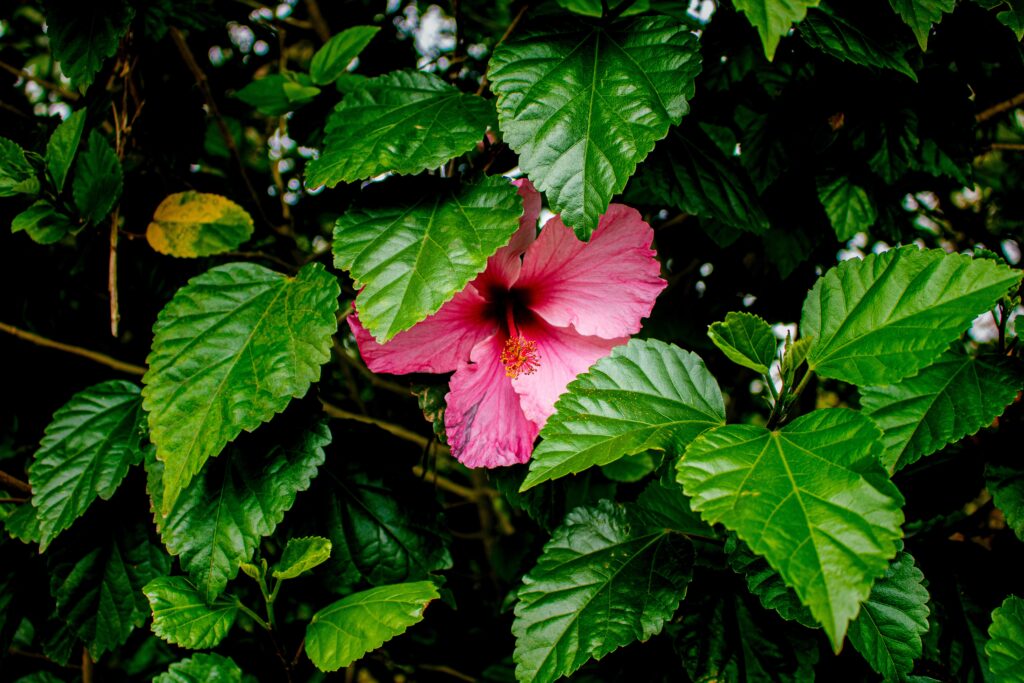
Several factors can contribute to yellowing leaves in tropical hibiscus. Here are some common causes:
Overwatering
Excessive watering can lead to waterlogged soil and root rot, resulting in yellowing leaves. Ensure proper drainage and avoid overwatering the plant.
Underwatering
On the other hand, if the plant is not receiving enough water, the leaves may turn yellow and wilt. Check the soil moisture regularly and water the plant when the top inch of soil feels dry.
Nutrient Deficiencies
Yellowing leaves can be a sign of nutrient deficiencies, such as iron or nitrogen. A lack of essential nutrients can affect the plant’s ability to photosynthesize and maintain healthy foliage. Fertilize the plant with a balanced fertilizer formulated for tropical plants to ensure it receives adequate nutrients.
Environmental Stress
Tropical hibiscus is sensitive to environmental changes. Exposure to cold temperatures, drafts, or sudden temperature fluctuations can cause leaves to yellow and drop. Ensure the plant is placed in an appropriate location with stable temperatures.
Pests and Diseases
Infestations of pests like aphids, whiteflies, or spider mites, as well as diseases like leaf spot or powdery mildew, can cause yellowing leaves. Inspect the plant regularly for any signs of pests or diseases and take appropriate measures for control.
Natural Leaf Shedding
It is normal for tropical hibiscus to shed older leaves as part of their natural growth cycle. If the yellowing is limited to older leaves at the bottom of the plant, it may be a natural process.
By identifying the specific cause of yellowing leaves, you can take appropriate steps to address the issue and promote healthy foliage growth in your tropical hibiscus.
Landscaping Design Ideas for Tropical Hibiscus
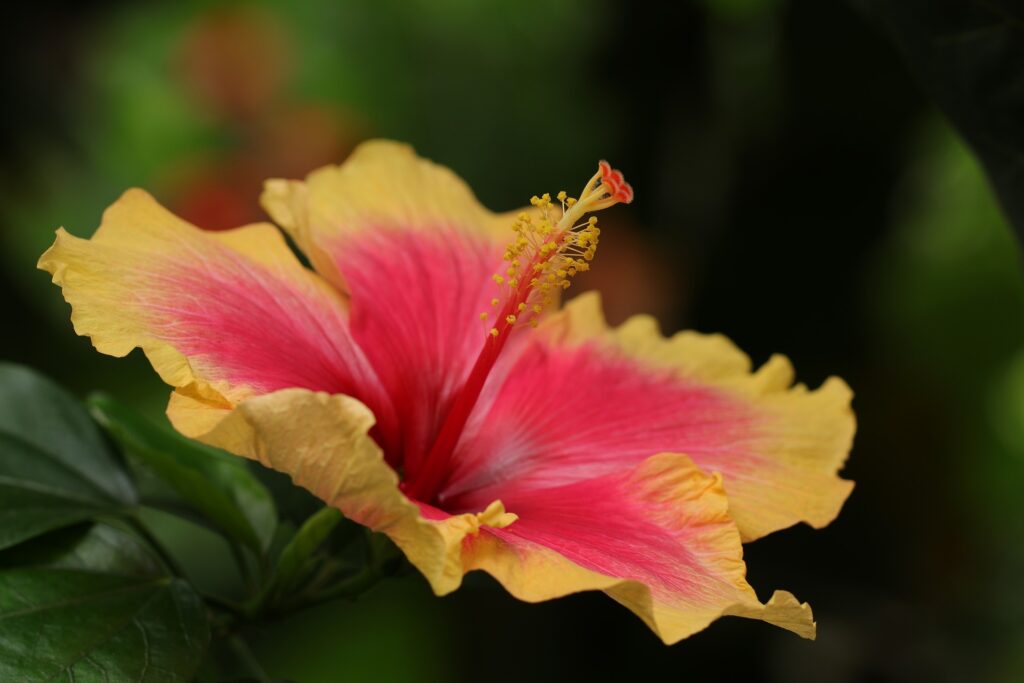
Tropical hibiscus adds a vibrant and tropical touch to any landscape. Plant it as a focal point in garden beds, mix it with other tropical plants for a lush oasis, or grow it in containers to add color to patios and balconies.
Create tropical-themed gardens by combining tropical hibiscus with companion plants such as palms, bird of paradise, or ginger lilies for a stunning display of foliage and flowers.
Companion Plants for Tropical Hibiscus
The following plants have similar water, sunlight, and soil requirements as tropical hibiscus, so should be suitable for companion planting in your landscape.

Flowering Plants
- Bird of Paradise (Strelitzia reginae)
- Ixora (Ixora spp.)
- Plumeria (Plumeria spp.)
- Ti Plant (Cordyline fruticosa)
- Firebush (Hamelia patens)
Flowering Bulbs:
- Canna Lily (Canna spp.)
- Ginger Lily (Hedychium spp.)
- Blood Lily (Haemanthus spp.)
- Amazon Lily (Eucharis spp.)
- Spider Lily (Hymenocallis spp.)
Perennial Flowering Shrubs
- Bougainvillea (Bougainvillea spp.)
- Mandevilla (Mandevilla spp.)
- Plumbago (Plumbago auriculata)
- Mexican Petunia (Ruellia brittoniana)
- Shrimp Plant (Justicia brandegeana)
Creating a Tropical Paradise with Hibiscus
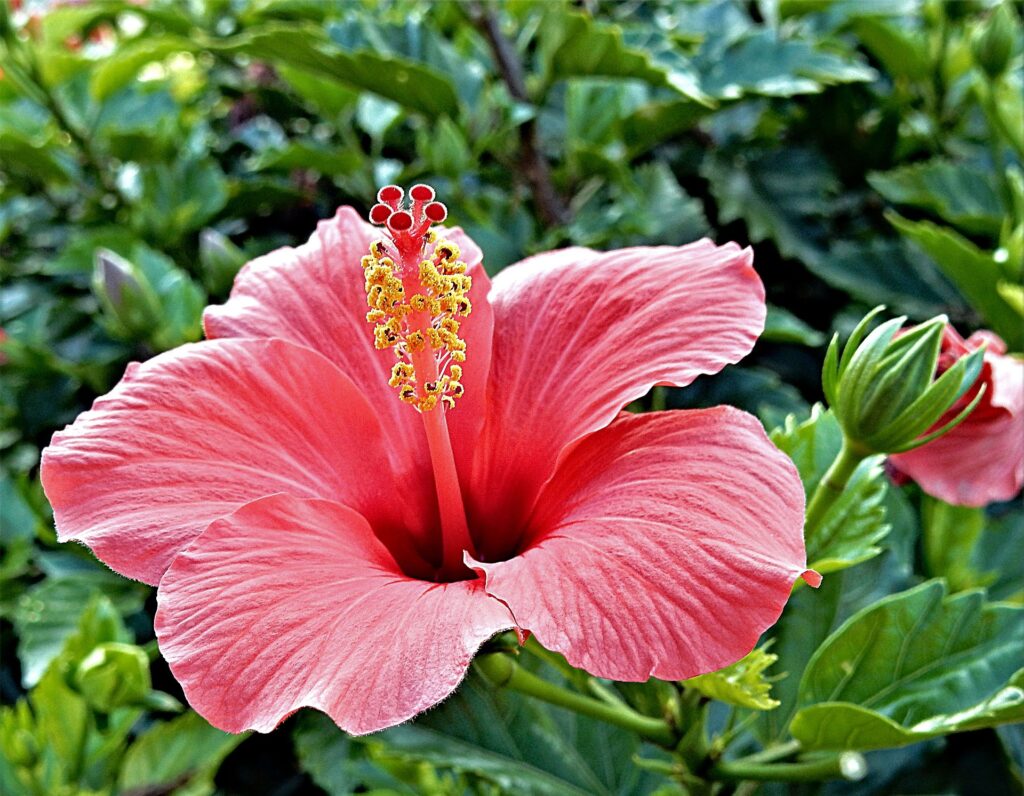
Tropical hibiscus (Hibiscus rosa-sinensis) is a captivating and vibrant plant native to warm tropical regions. Its glossy foliage and large, showy flowers make it a delightful addition to gardens and landscapes.
By providing the right growing conditions, including adequate sunlight, well-drained soil, and protection from cold temperatures, you can enjoy the beauty of tropical hibiscus throughout the year.
Remember to care for your plant by regular watering, appropriate fertilization, and addressing any pests or diseases promptly. With proper care, tropical hibiscus will reward you with its stunning blooms and bring a touch of the tropics to your garden.
FAQ – Frequently Asked Questions About Growing Tropical Hibiscus
How tall do tropical hibiscus get?
Tropical hibiscus can grow anywhere from 3 to 10 feet tall, depending on the specific variety and growing conditions. Compact varieties are more suitable for containers or smaller spaces and may stay around 3 to 4 feet tall, while larger varieties can reach heights of 6 to 10 feet.
What is the lowest temperature for tropical hibiscus?
Tropical hibiscus is generally not tolerant of freezing temperatures. Prolonged exposure to temperatures below 28°F for several hours or more is likely to cause severe damage or kill the plant.
What is the tropical hibiscus growth rate?
The growth rate of tropical hibiscus can range from 6 to 12 inches in height per year during the peak growing season.
Is tropical hibiscus annual or perennial?
Tropical hibiscus is a perennial plant in its native tropical and subtropical regions where it can thrive year-round. However, in areas with cold winters, tropical hibiscus is often grown as an annual or treated as a tender perennial.
What are the signs of tropical hibiscus frost damage?
Frost damage on a tropical hibiscus plant typically manifests as wilting, browning, or blackening of the foliage and stems. The leaves may become limp and appear water-soaked. In severe cases, the plant may exhibit leaf drop or defoliation.
Do tropical hibiscus come back every year?
No, tropical hibiscus will not grow back after a cold winter in temperate climates. However, in frost-free regions or with proper protection, it may survive and continue to grow year-round.
What is the cause if my tropical hibiscus lost all leaves?
There can be several possible causes for a tropical hibiscus plant losing all its leaves. It could be due to environmental stressors such as cold temperatures, frost damage, or excessive exposure to direct sunlight. Overwatering or underwatering can also lead to leaf drop.
Can you grow tropical hibiscus from seed?
Yes, you can grow a tropical hibiscus from seed. However, it’s important to note that tropical hibiscus seeds can be a bit challenging to germinate and require specific conditions for successful growth.
What is the difference between tropical hibiscus vs hardy hibiscus?
Tropical hibiscus thrives in warm, tropical or subtropical climates and cannot tolerate freezing temperatures, while hardy hibiscus is adapted to colder regions and can withstand freezing temperatures.
Is tropical hibiscus tea safe to drink? Is tropical hibiscus what they use to make tea?
Yes, tropical hibiscus, specifically Hibiscus sabdariffa, is the variety commonly used to make herbal tea known as hibiscus tea or roselle tea. The calyces (the fleshy covering around the seed pod) of the Hibiscus sabdariffa plant are harvested and used to make the tea.
Do hibiscus grow better in pots or ground?
Hibiscus can thrive both in pots and in the ground, but each option has its considerations. When grown in pots, hibiscus plants offer the advantage of portability, allowing you to move them indoors during colder months or place them in optimal locations for sunlight. Potted hibiscus may require more frequent watering and fertilization due to limited soil volume.
How hot is too hot for hibiscus?
The optimal temperature range for hibiscus is typically between 60°F (15°C) and 90°F (32°C). When temperatures consistently exceed 90°F (32°C), hibiscus may experience reduced growth, wilting, leaf drop, and flower damage. High heat combined with intense sunlight can also lead to sunburn on the leaves.
How do you keep hibiscus blooming?
Ensure your tropical hibiscus receives consistent moisture. Feed your tropical hibiscus plant with a water-soluble bloom booster for acid-loving plants. Then work in some slow-release fertilizer formulated for flowering plants around the root zone and apply a layer of organic mulch to help retain moisture. Deadheading regularly will encourage the development of new buds.
Where can I find tropical hibiscus plants for sale?
Our nursery carries tropical hibiscus for sale and can ship them conveniently to your home. Visit our shop at: https://southerngarden.net/shop/
